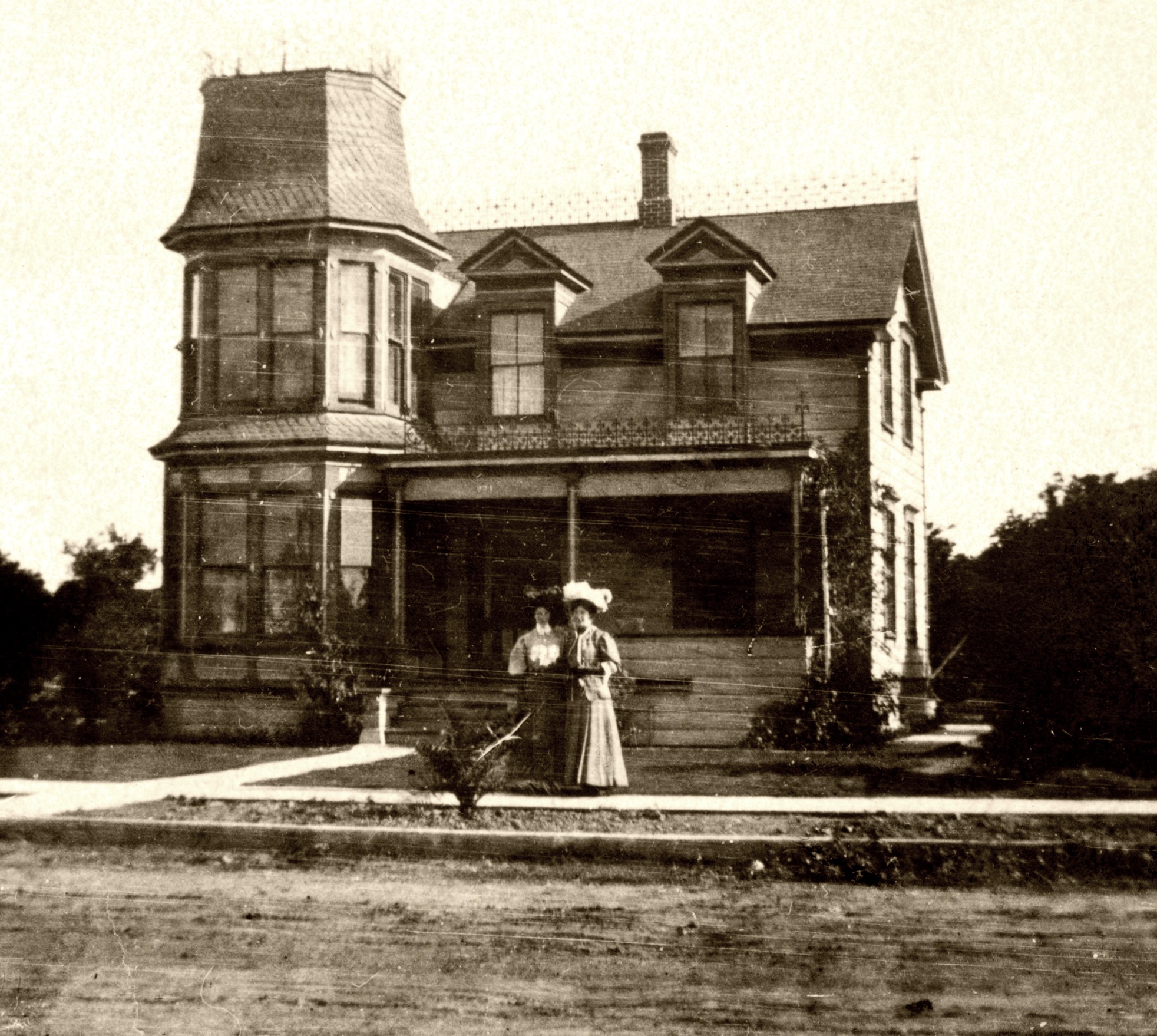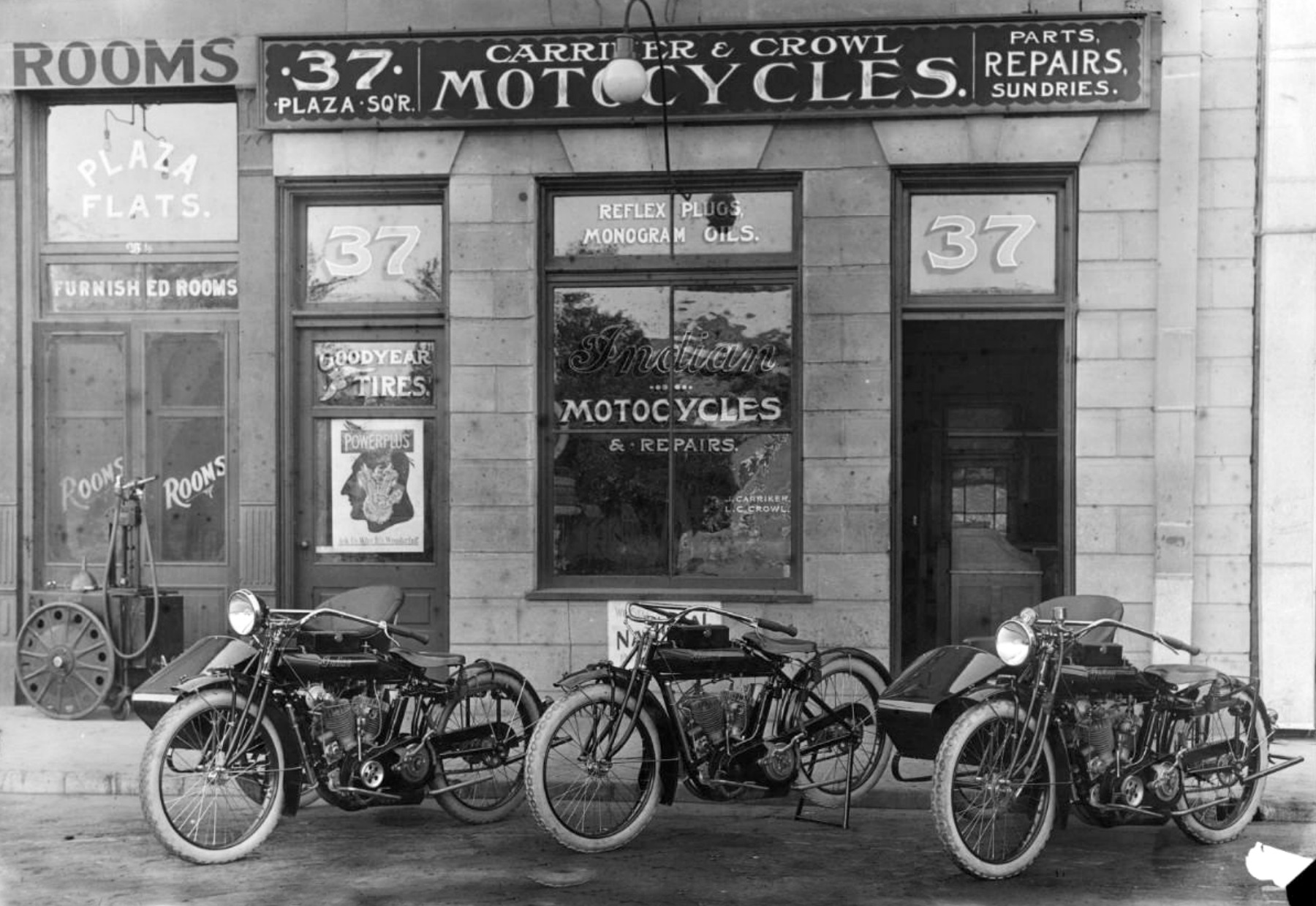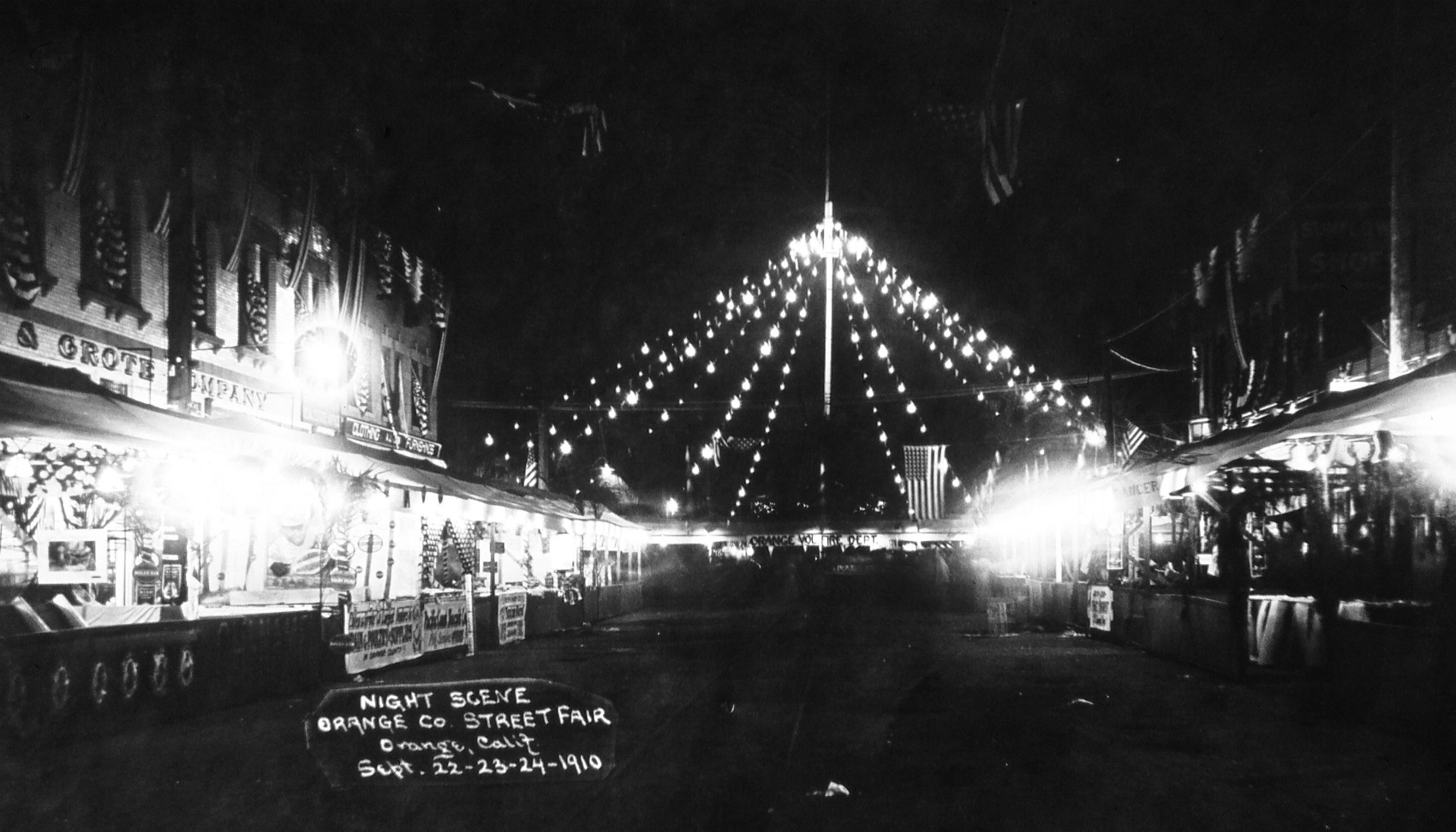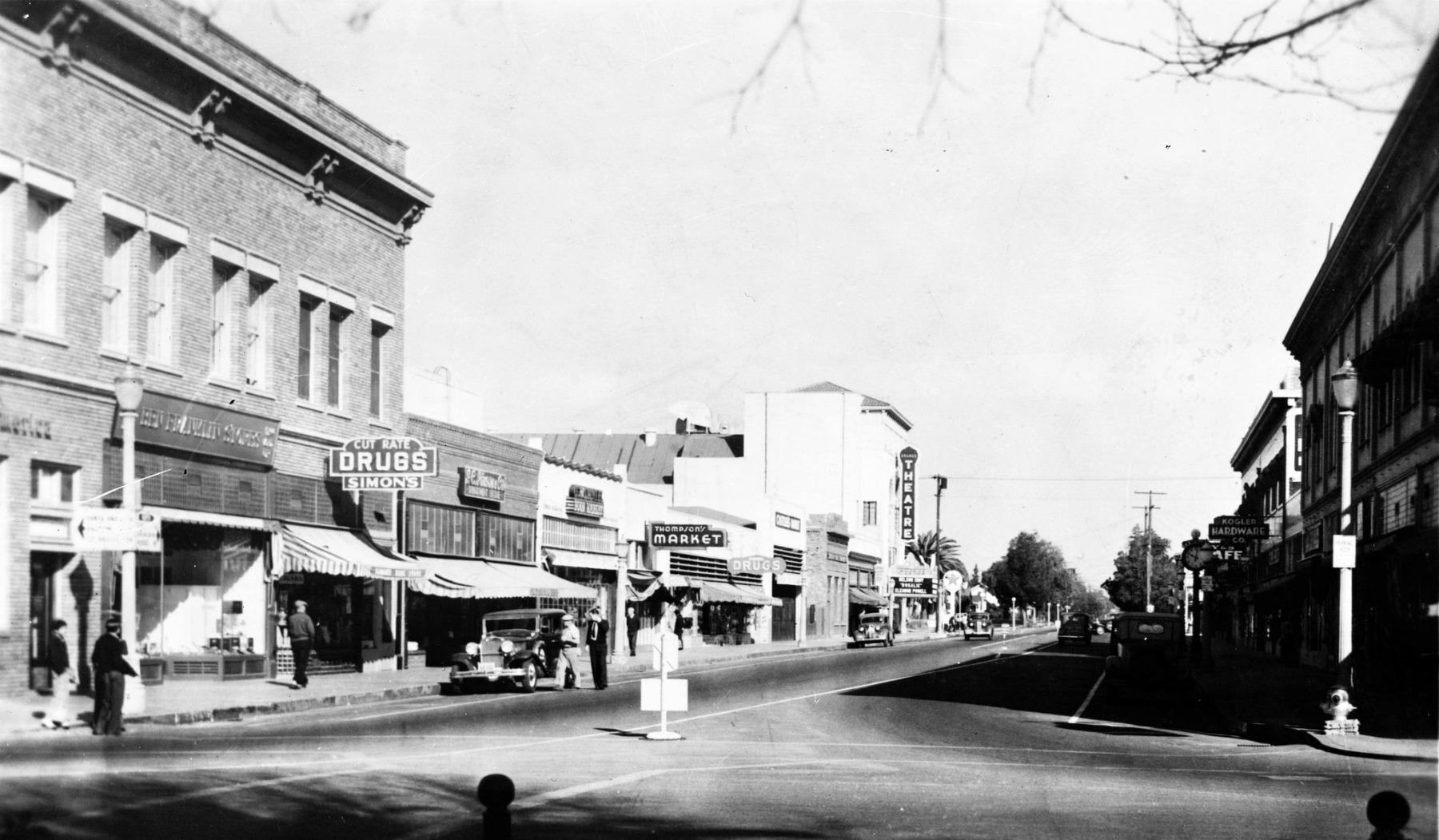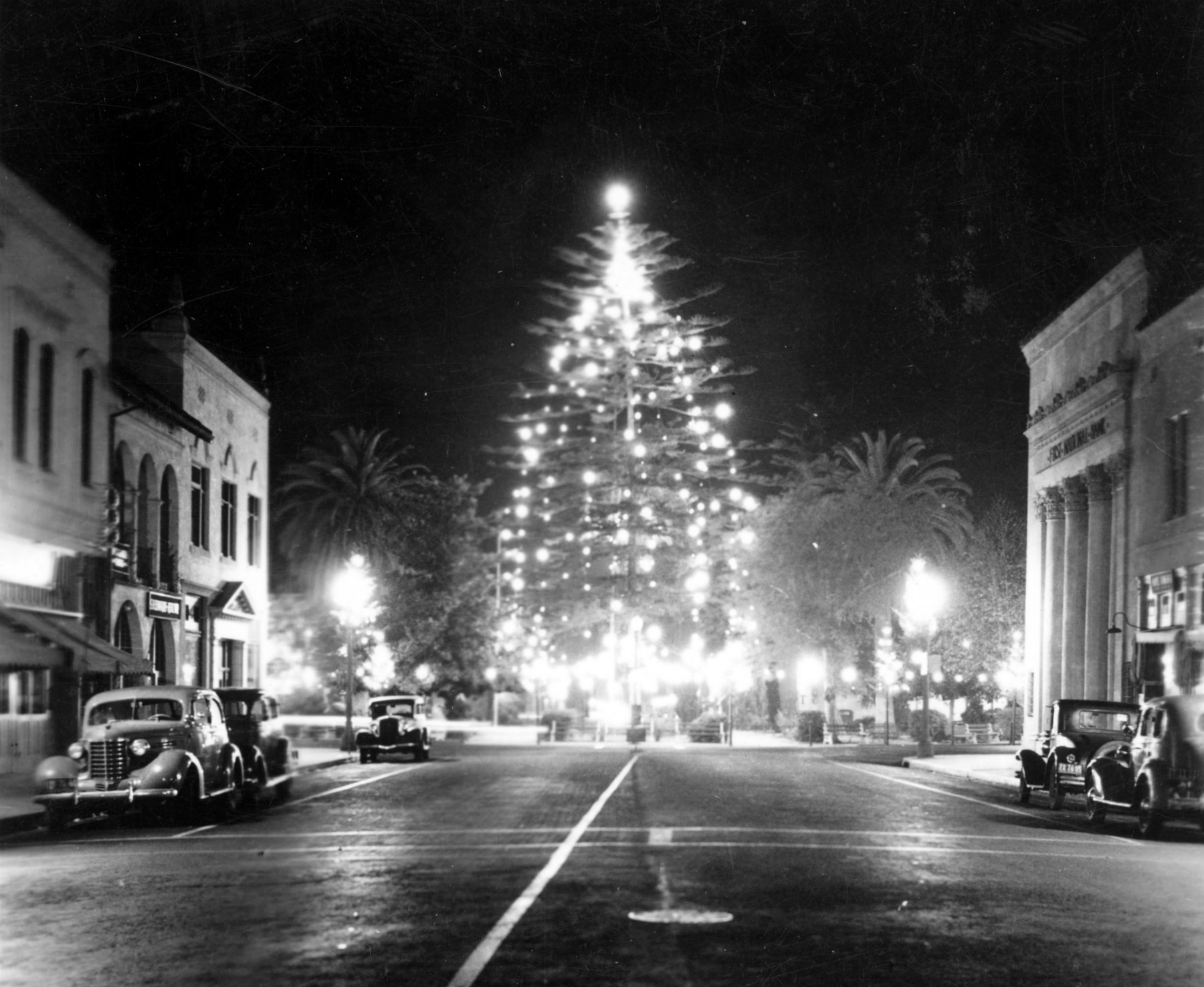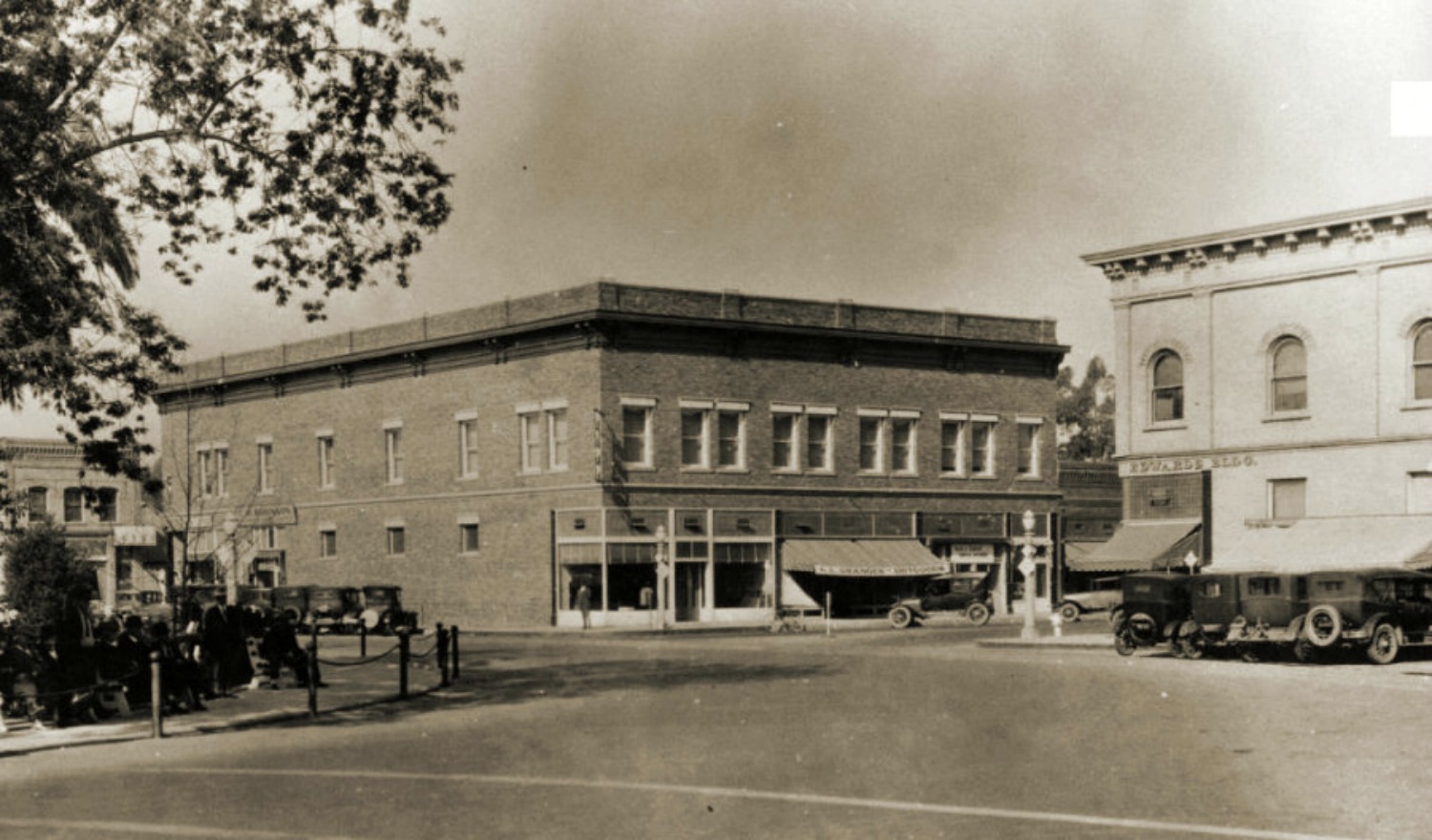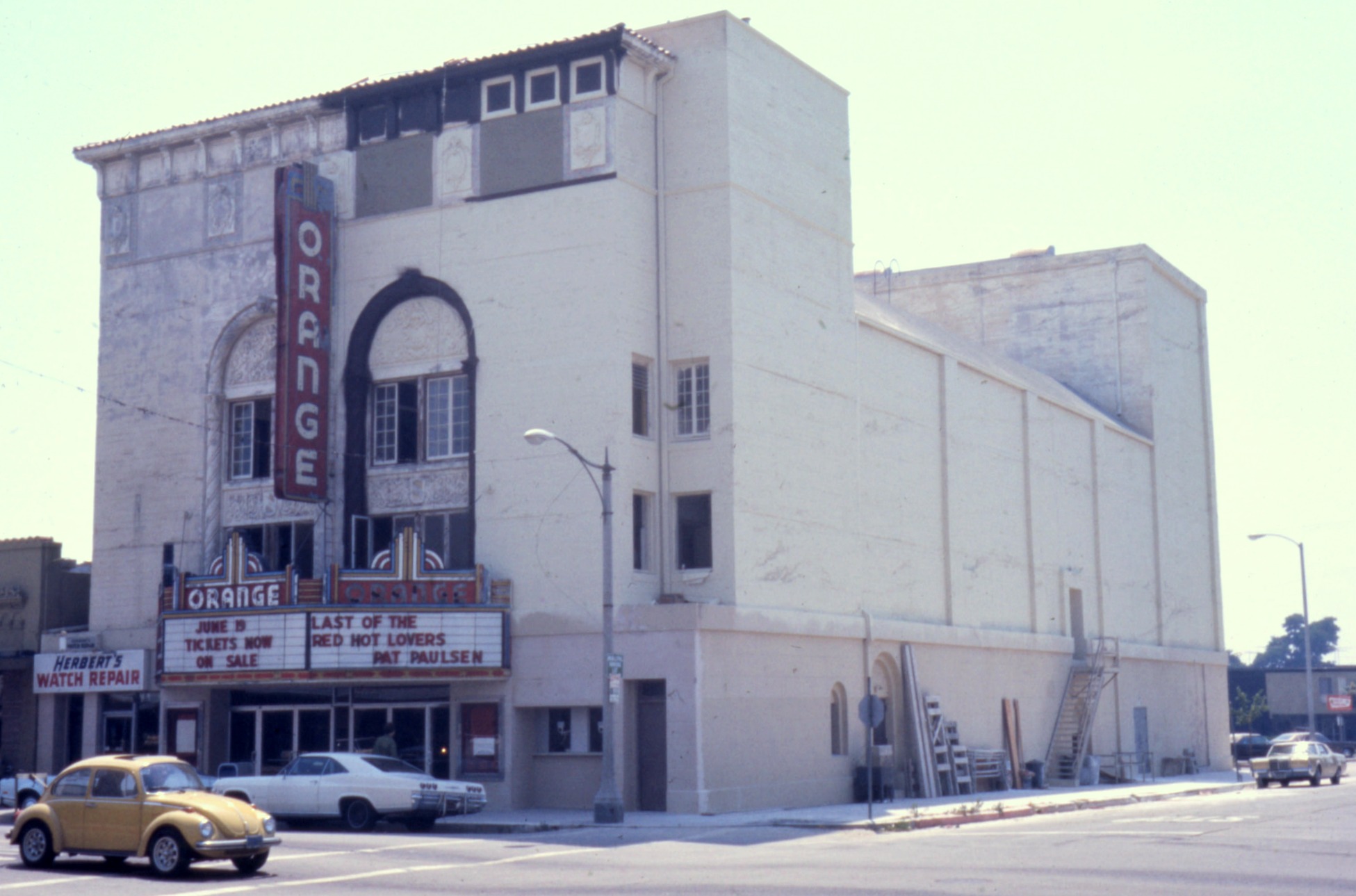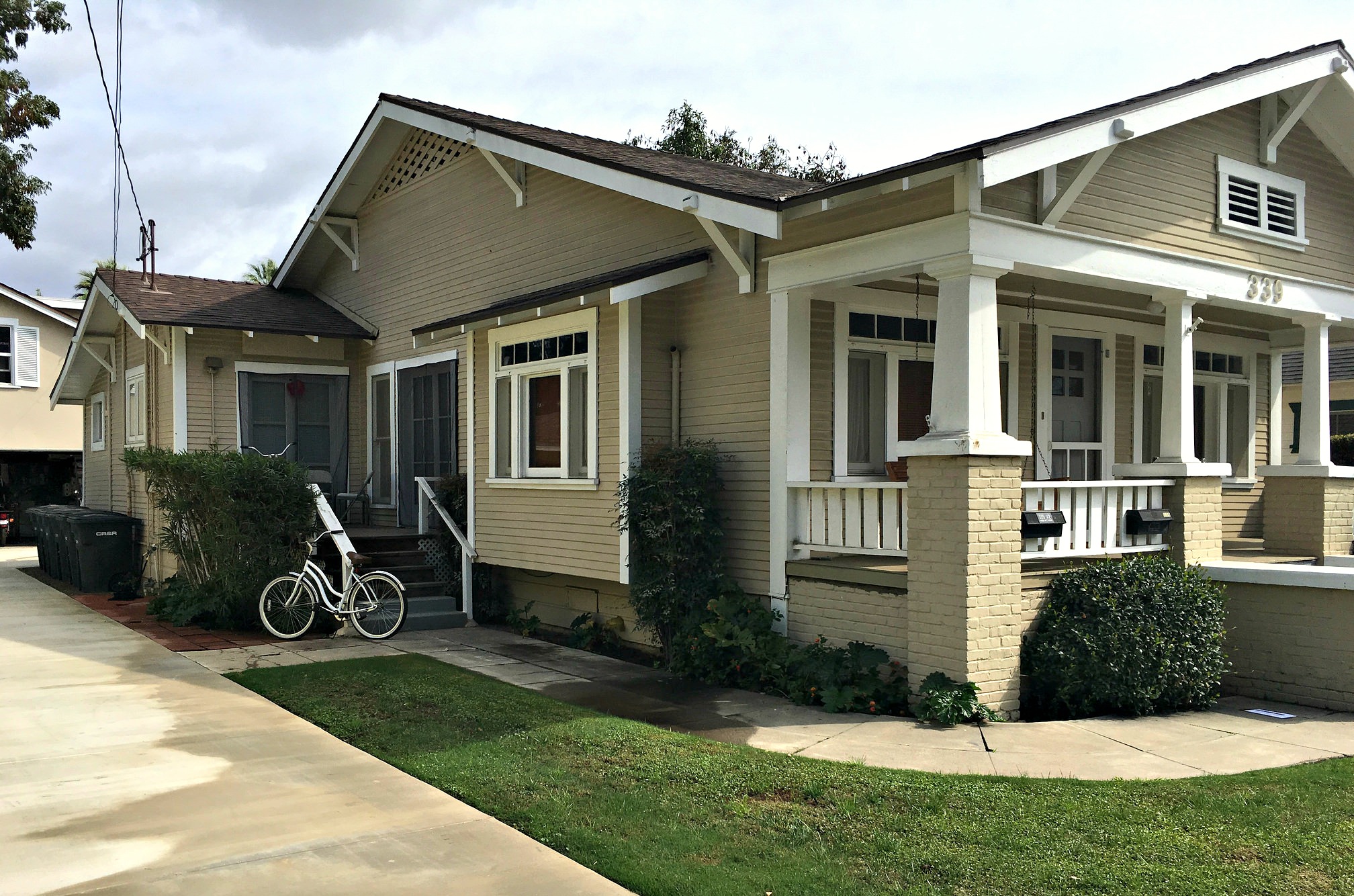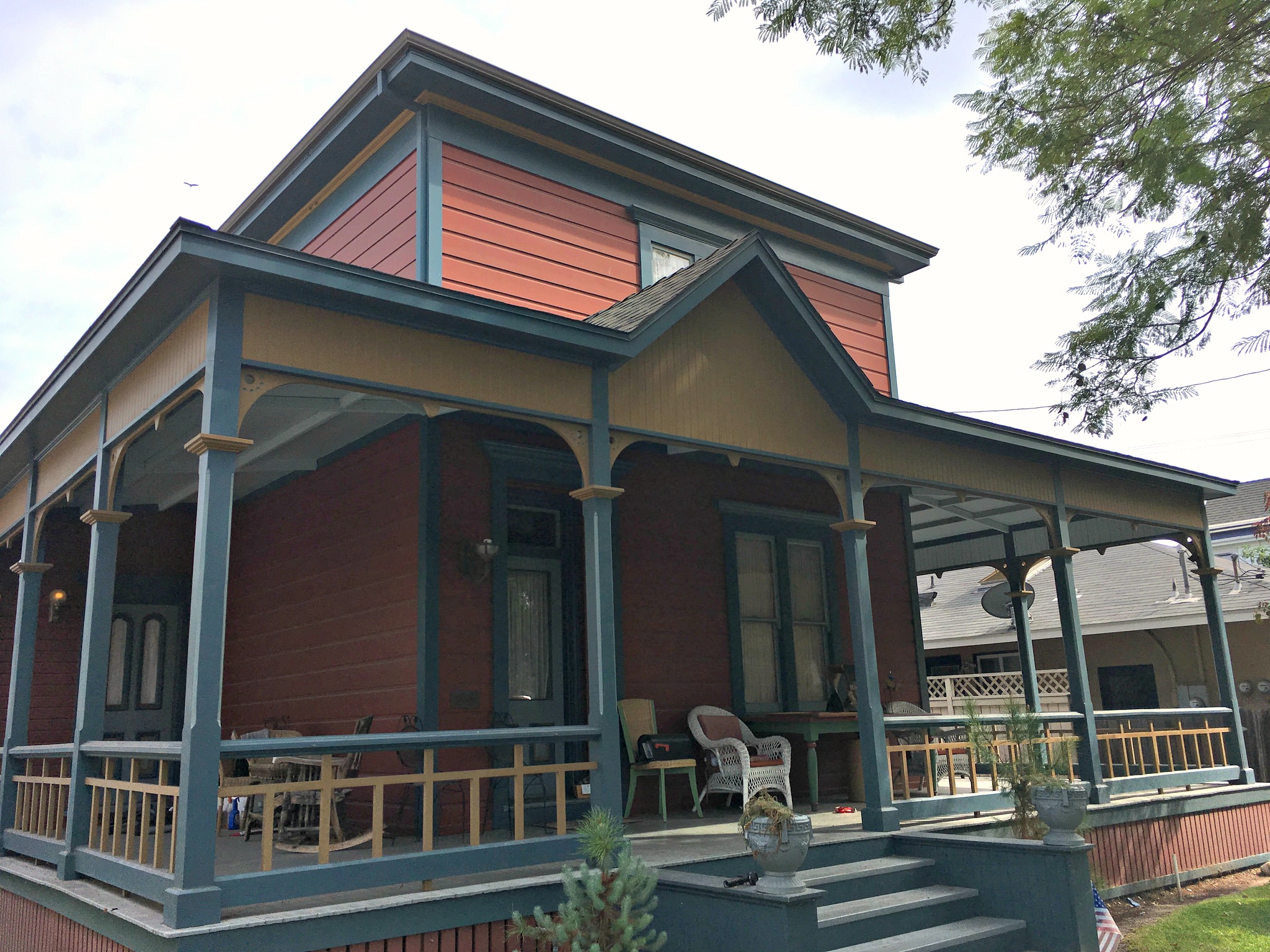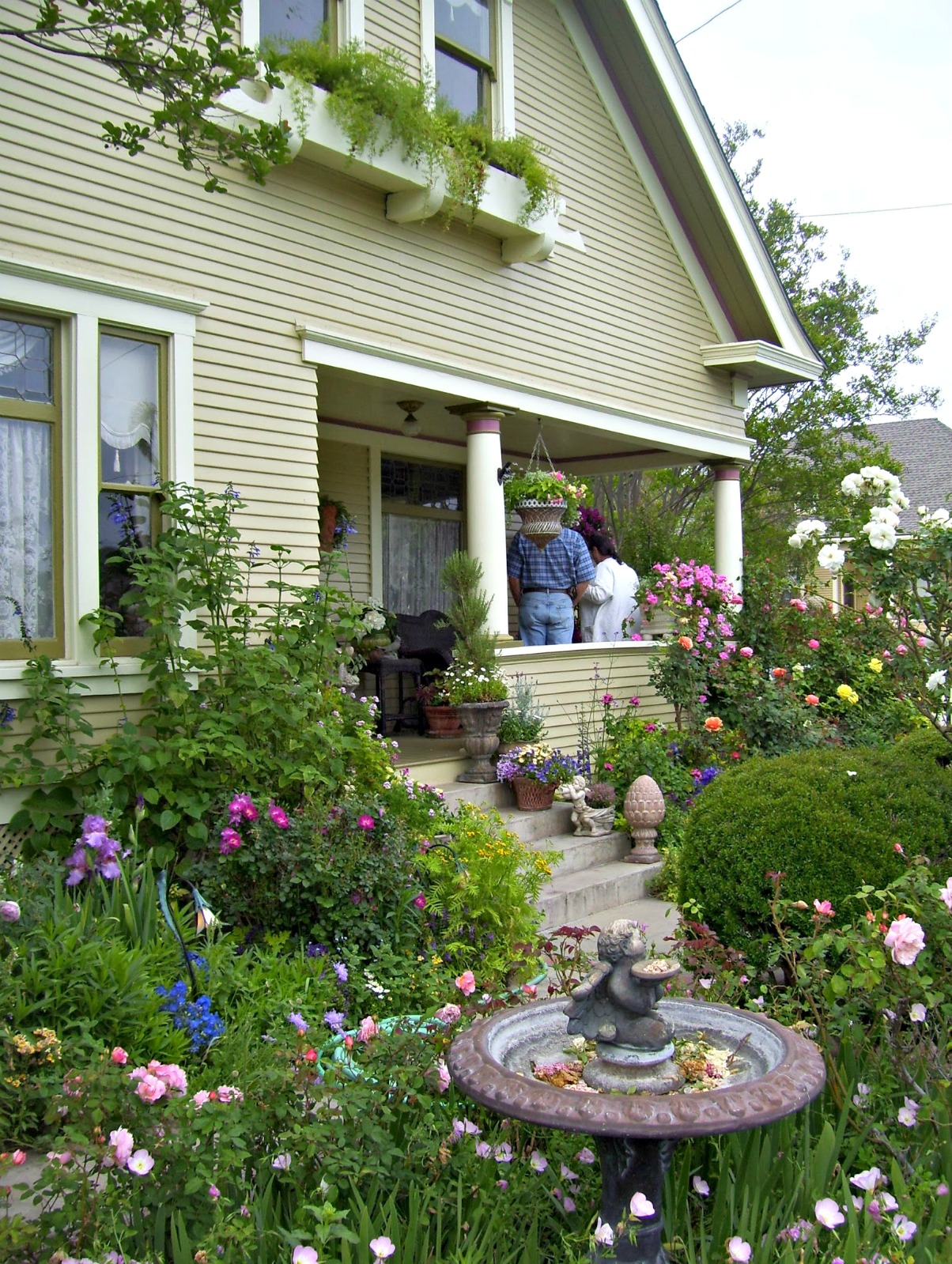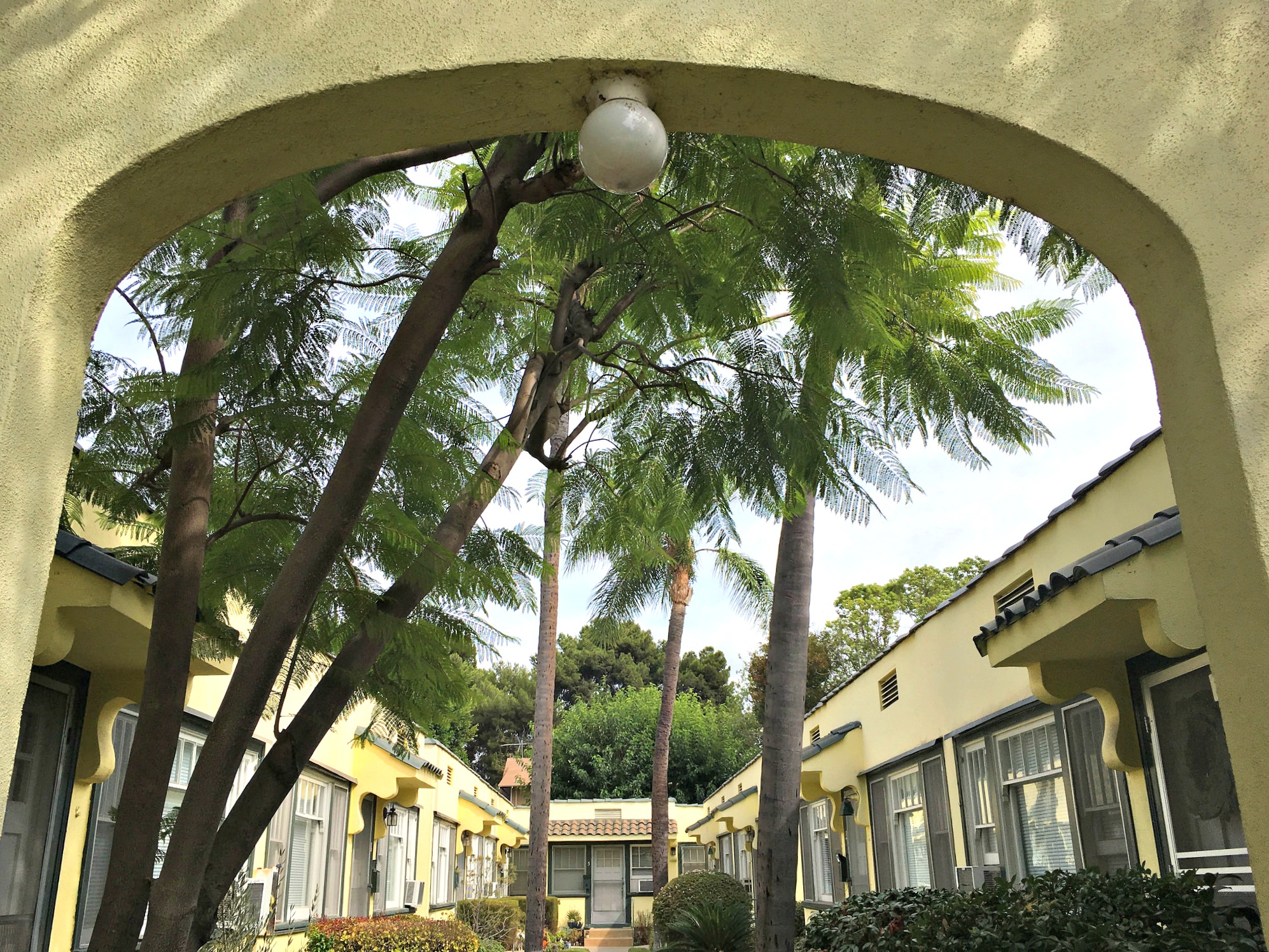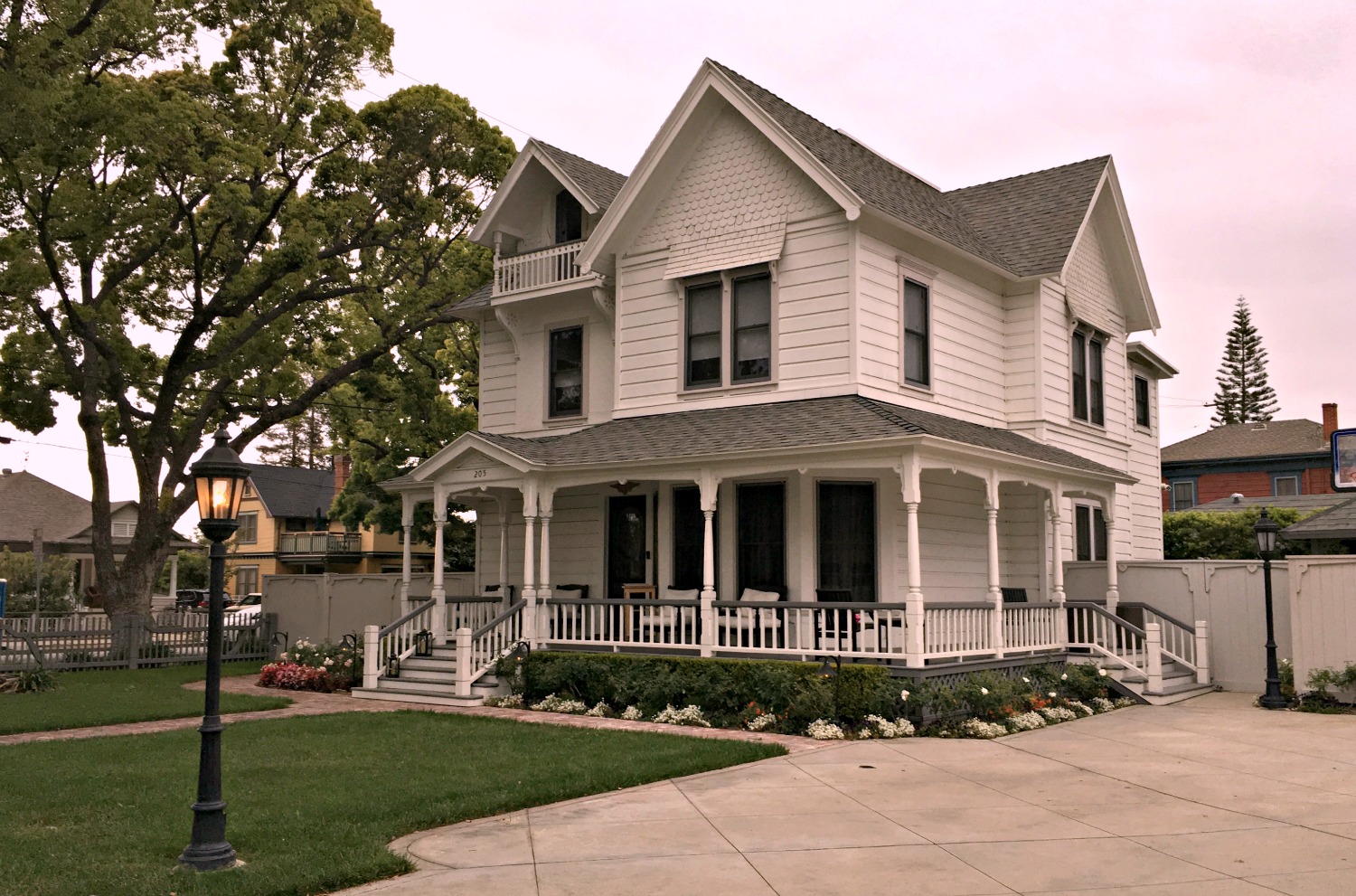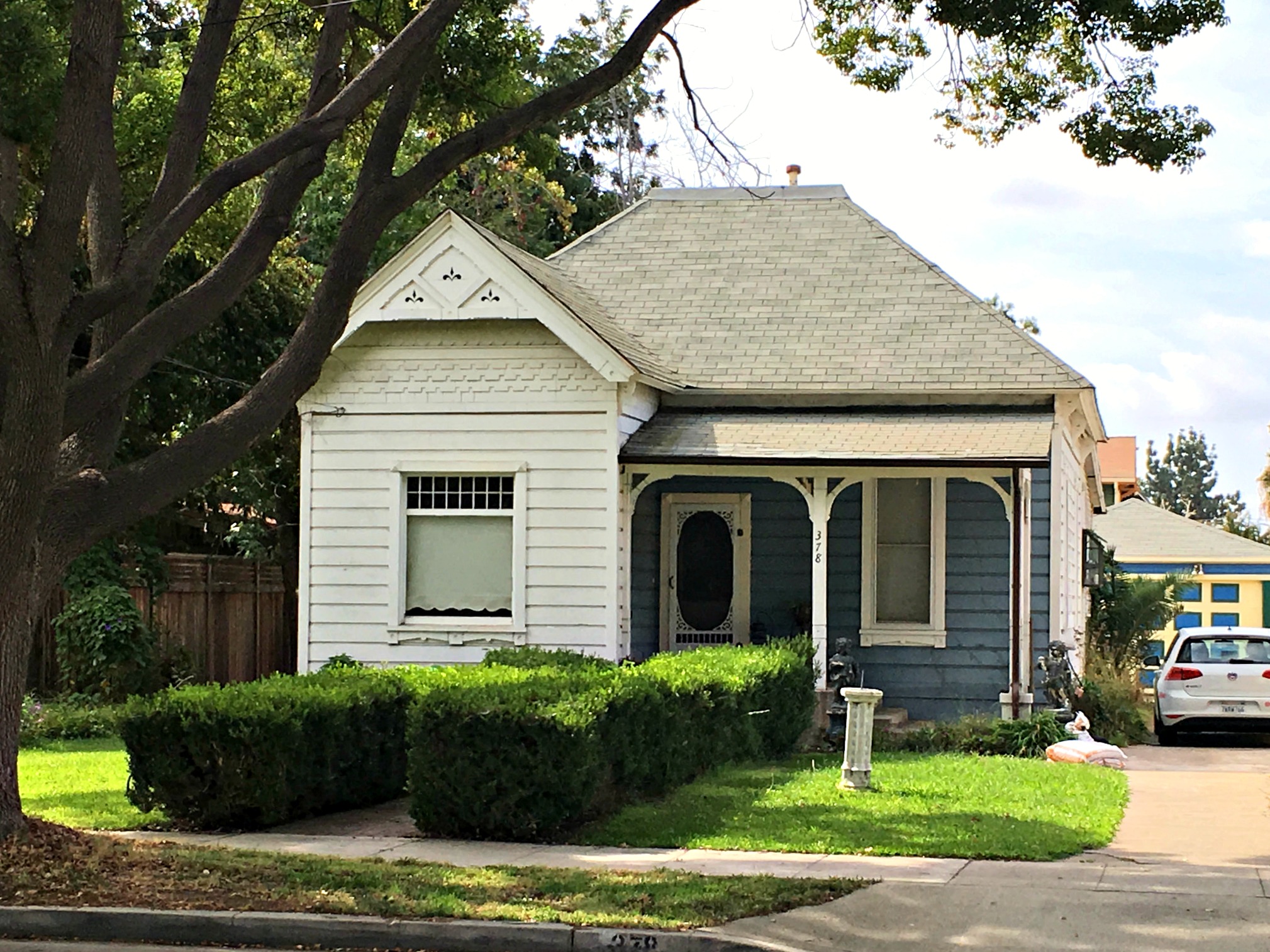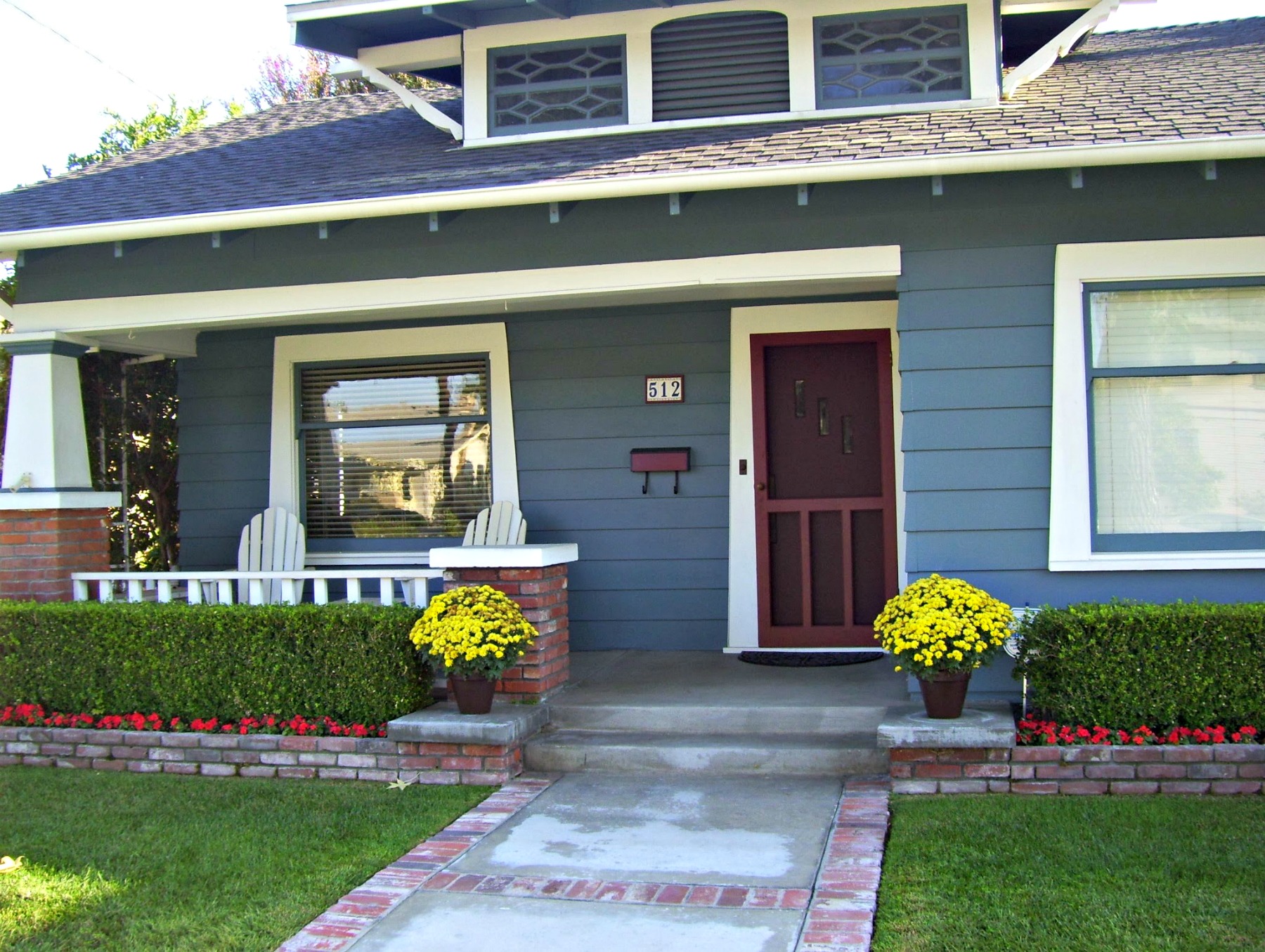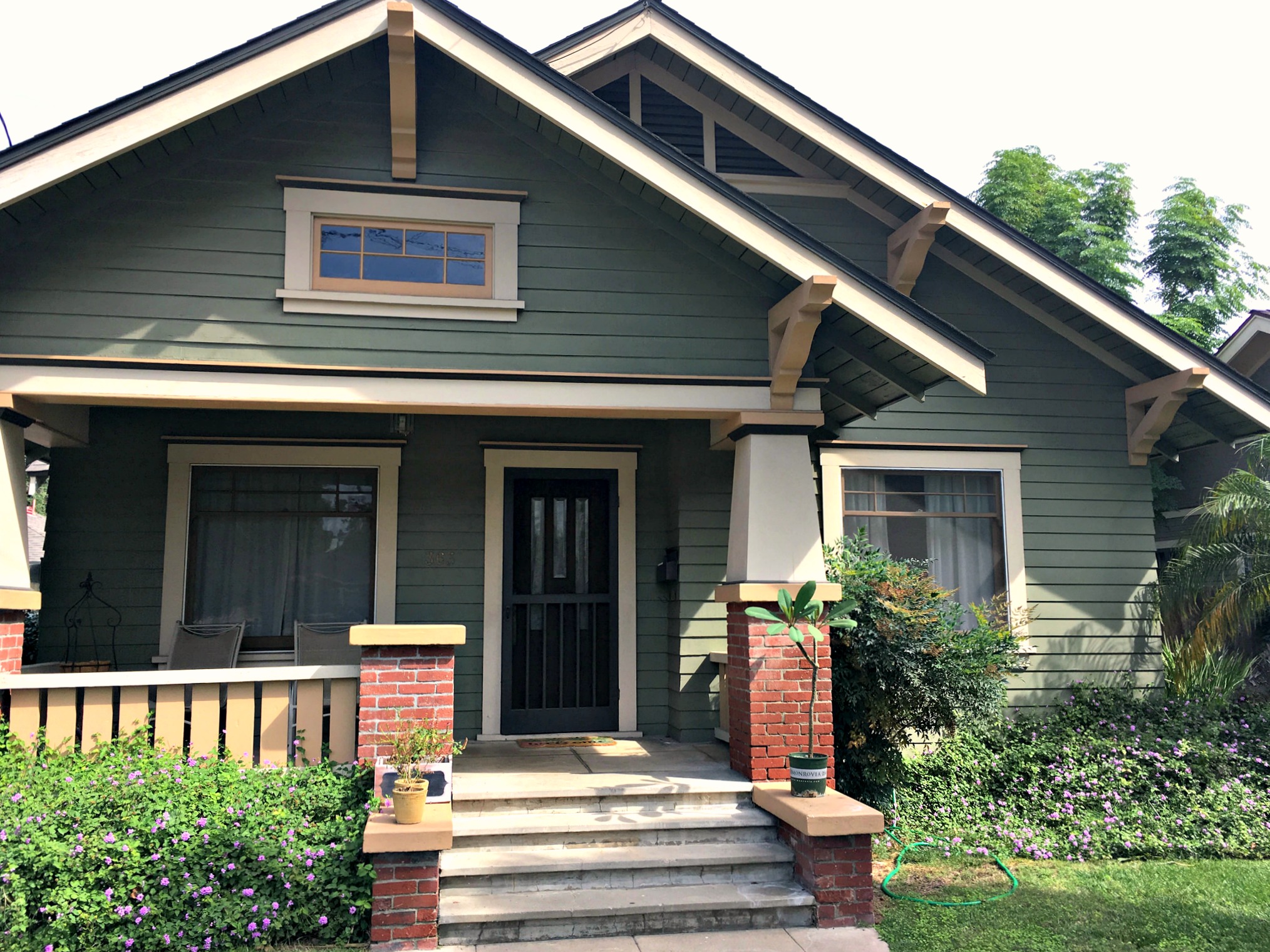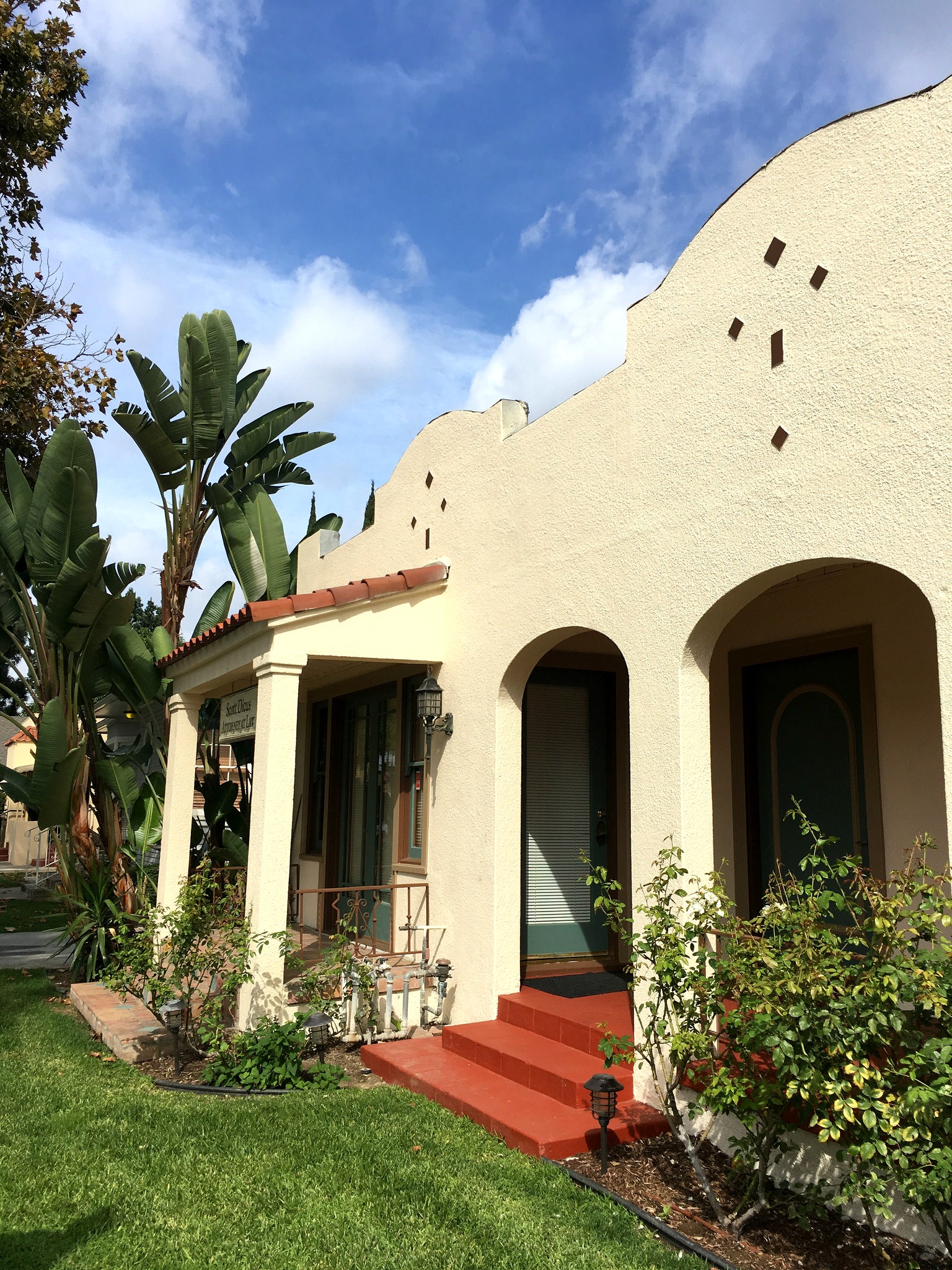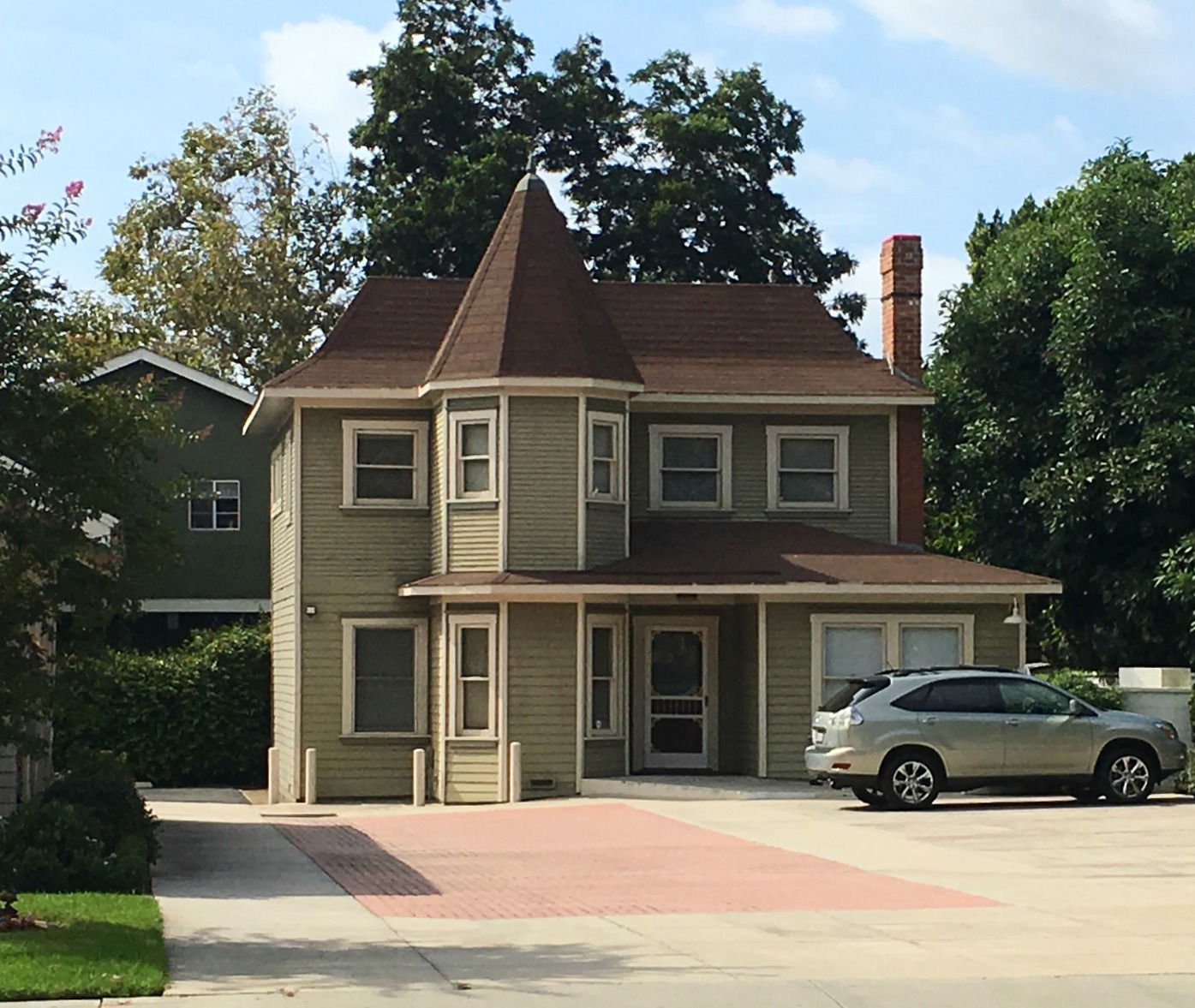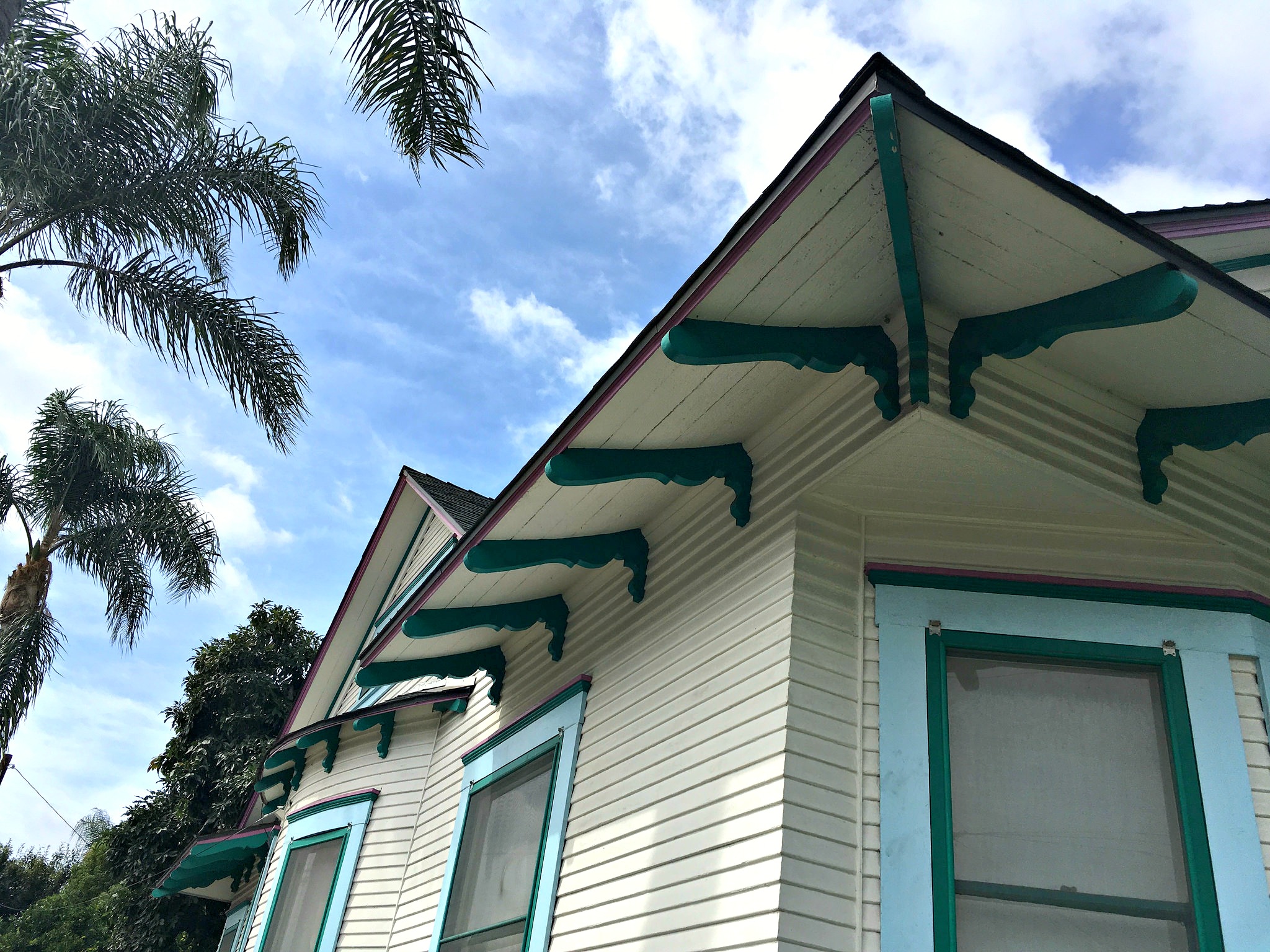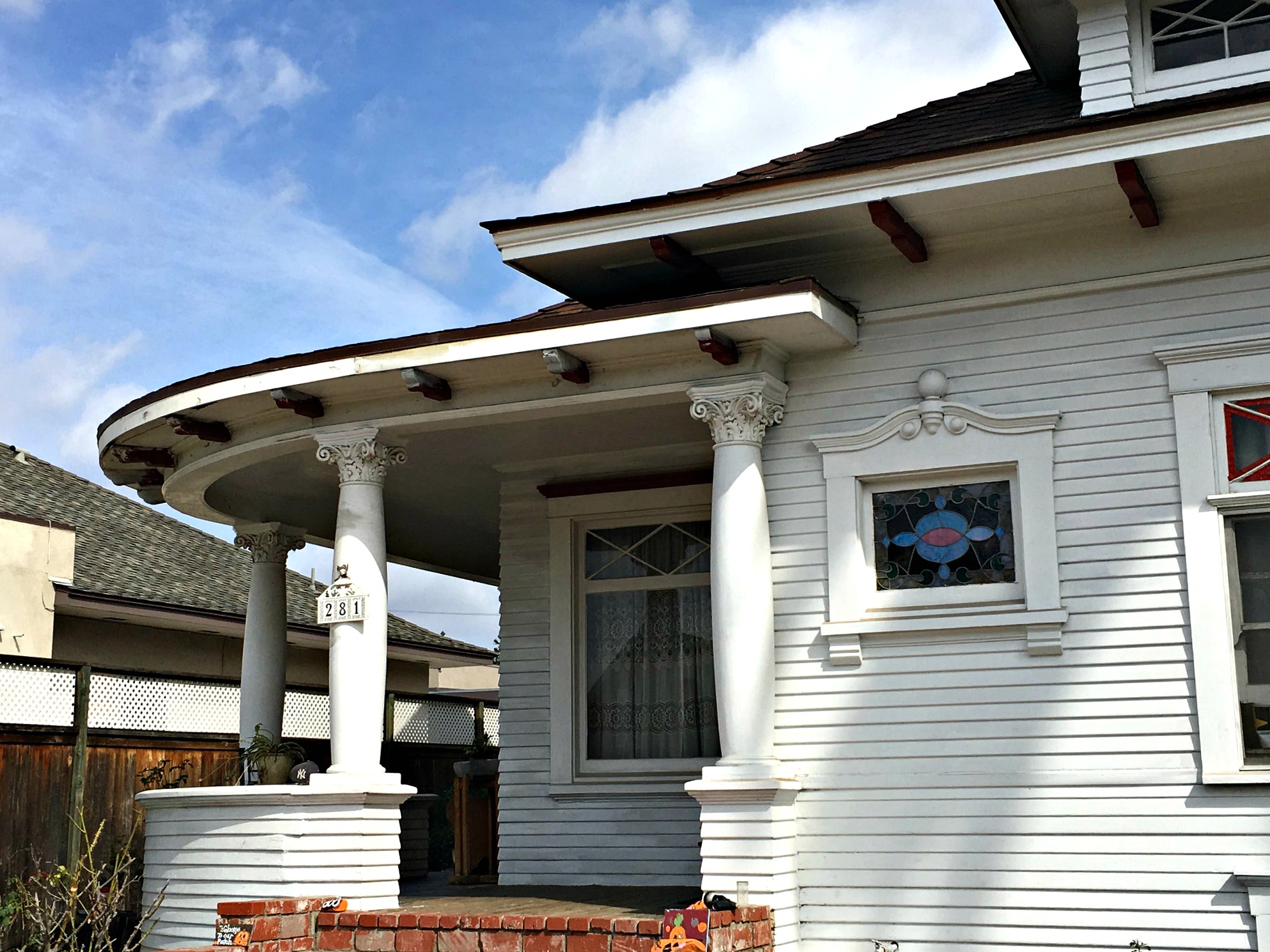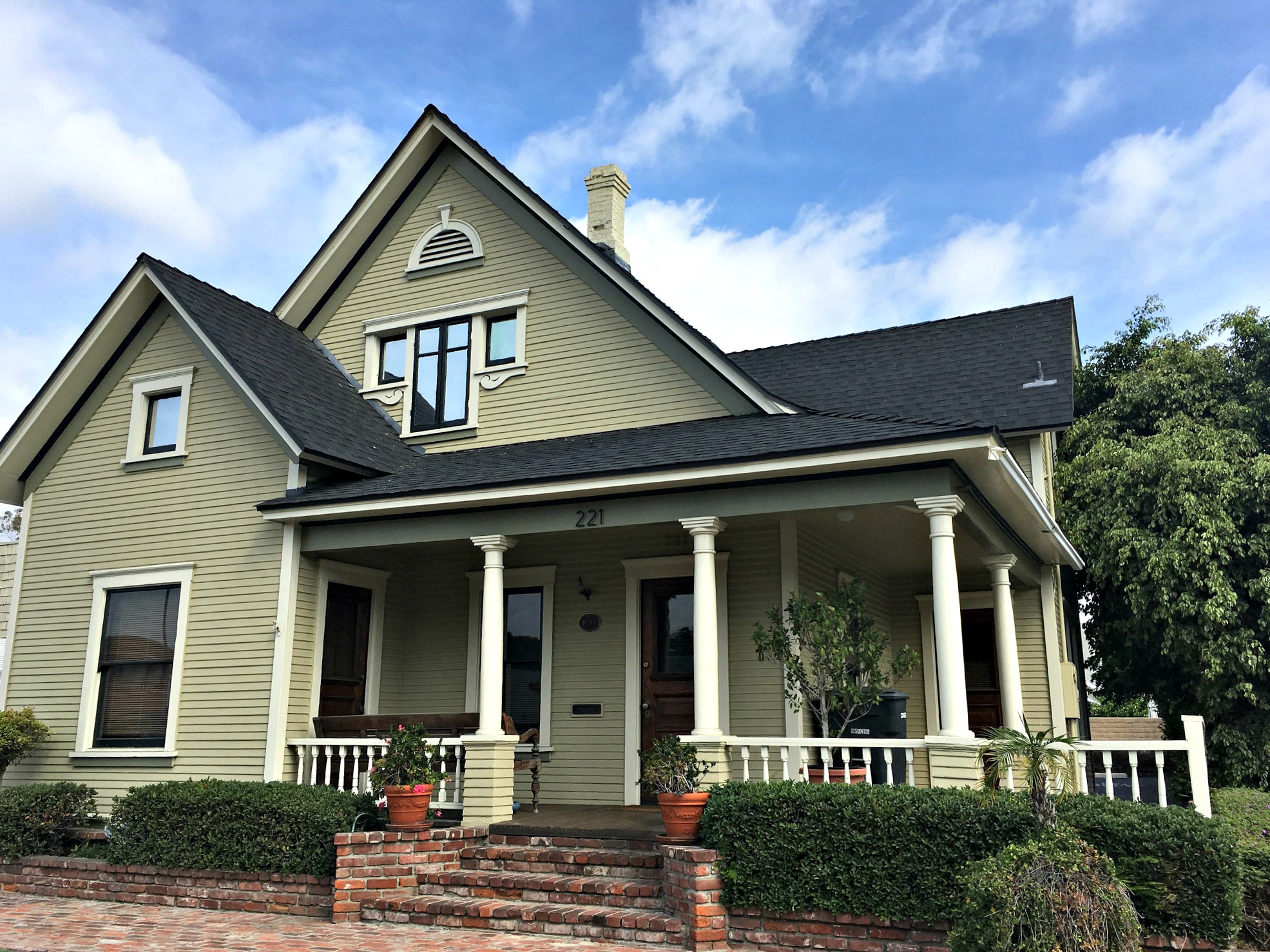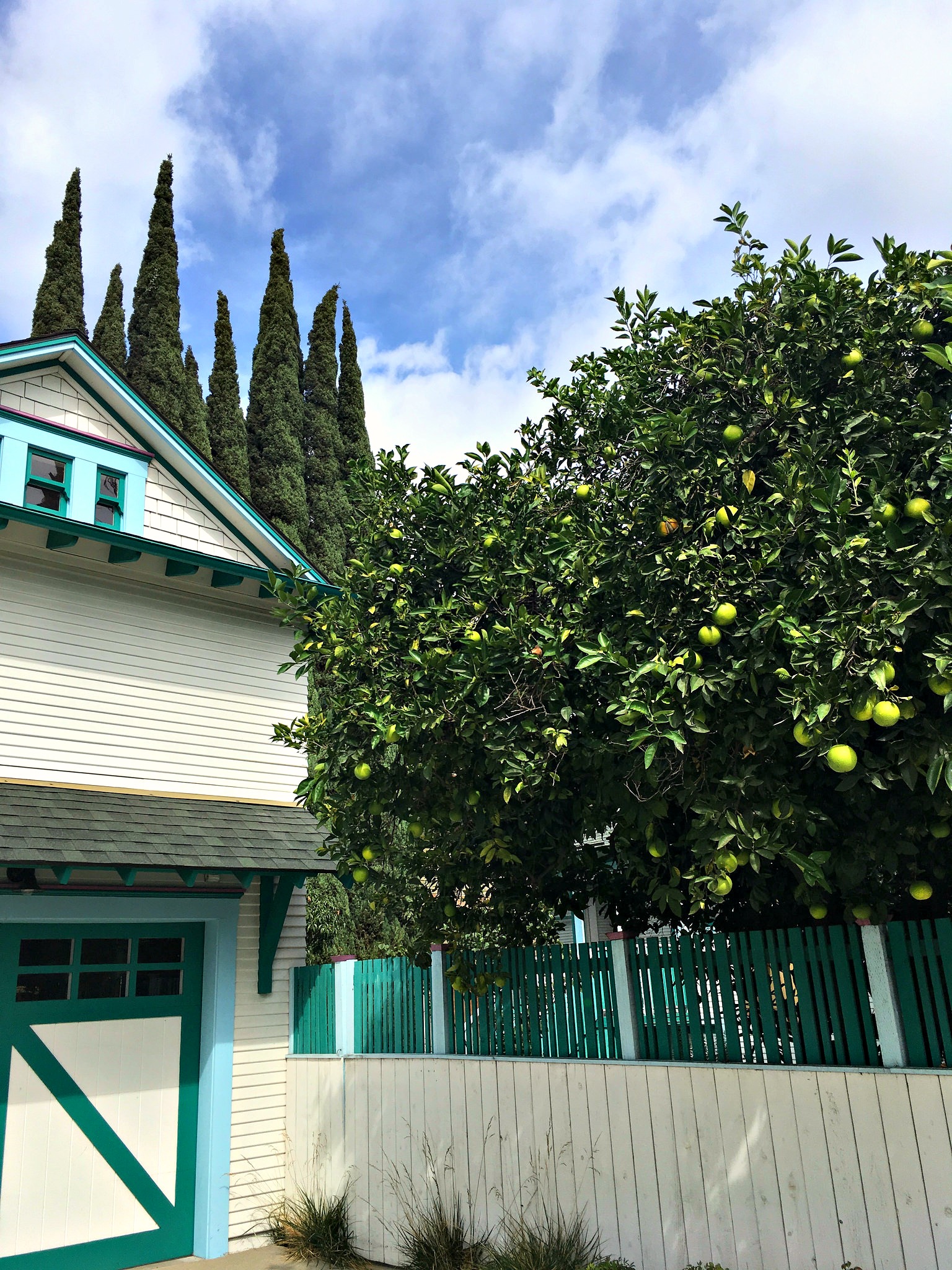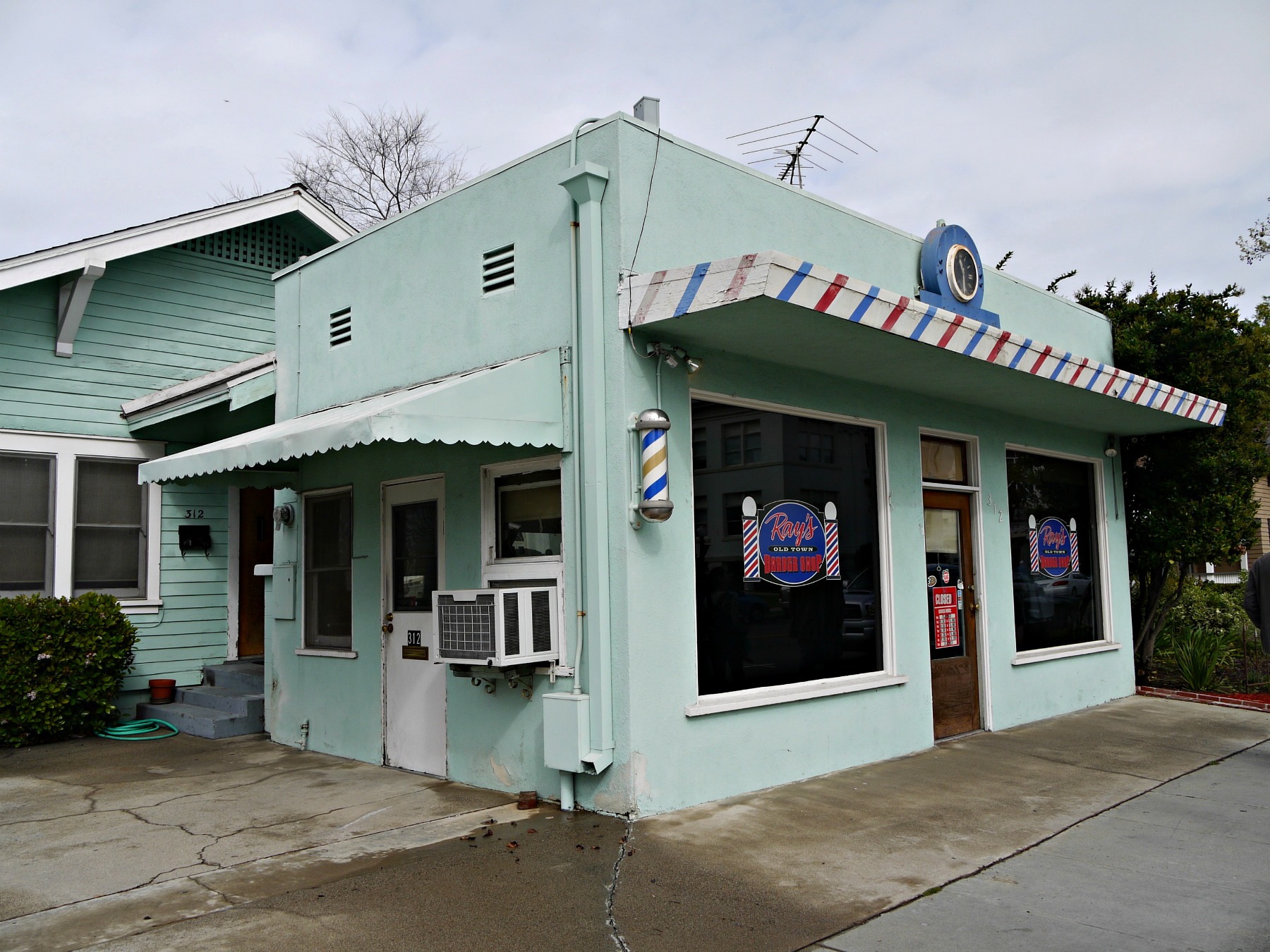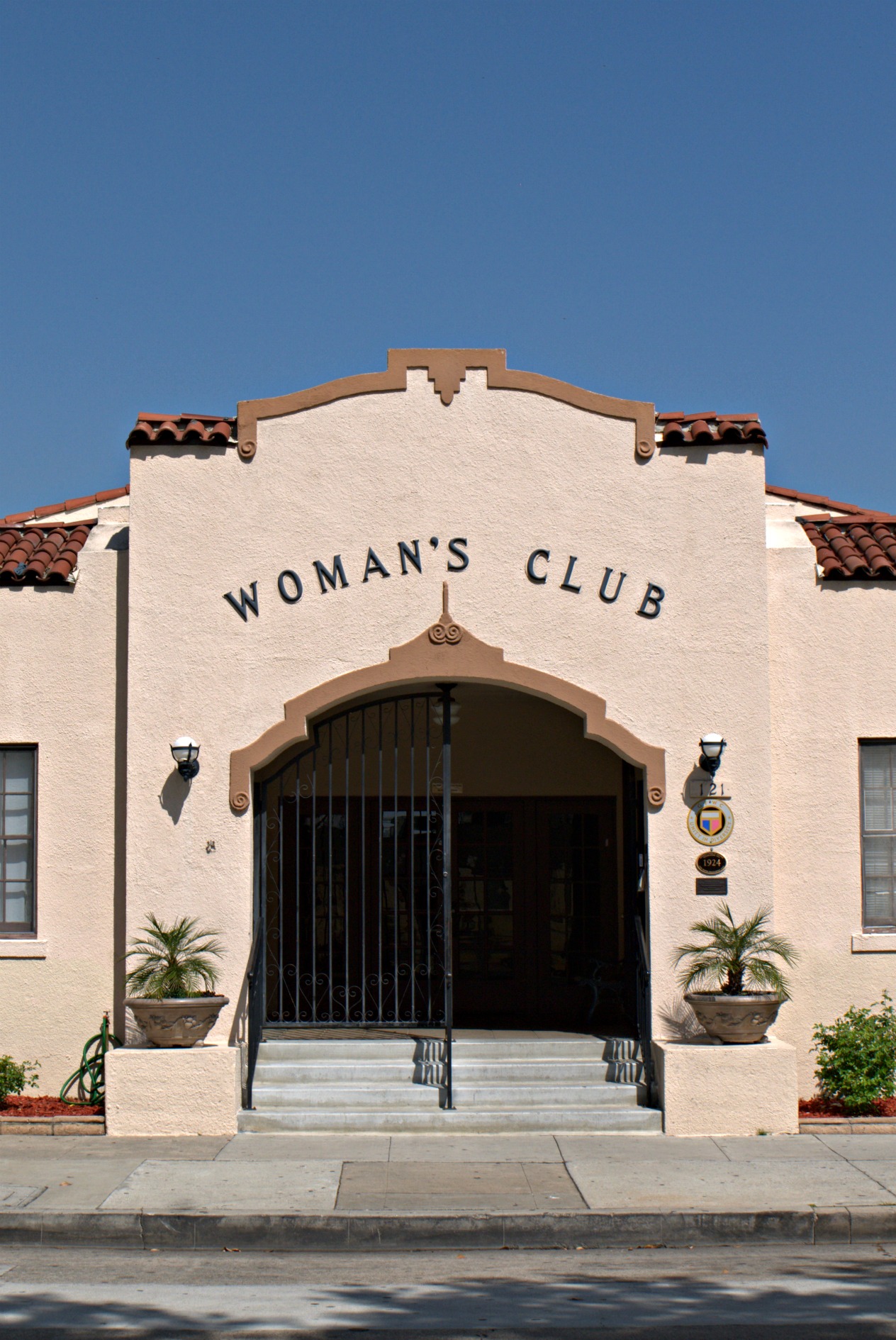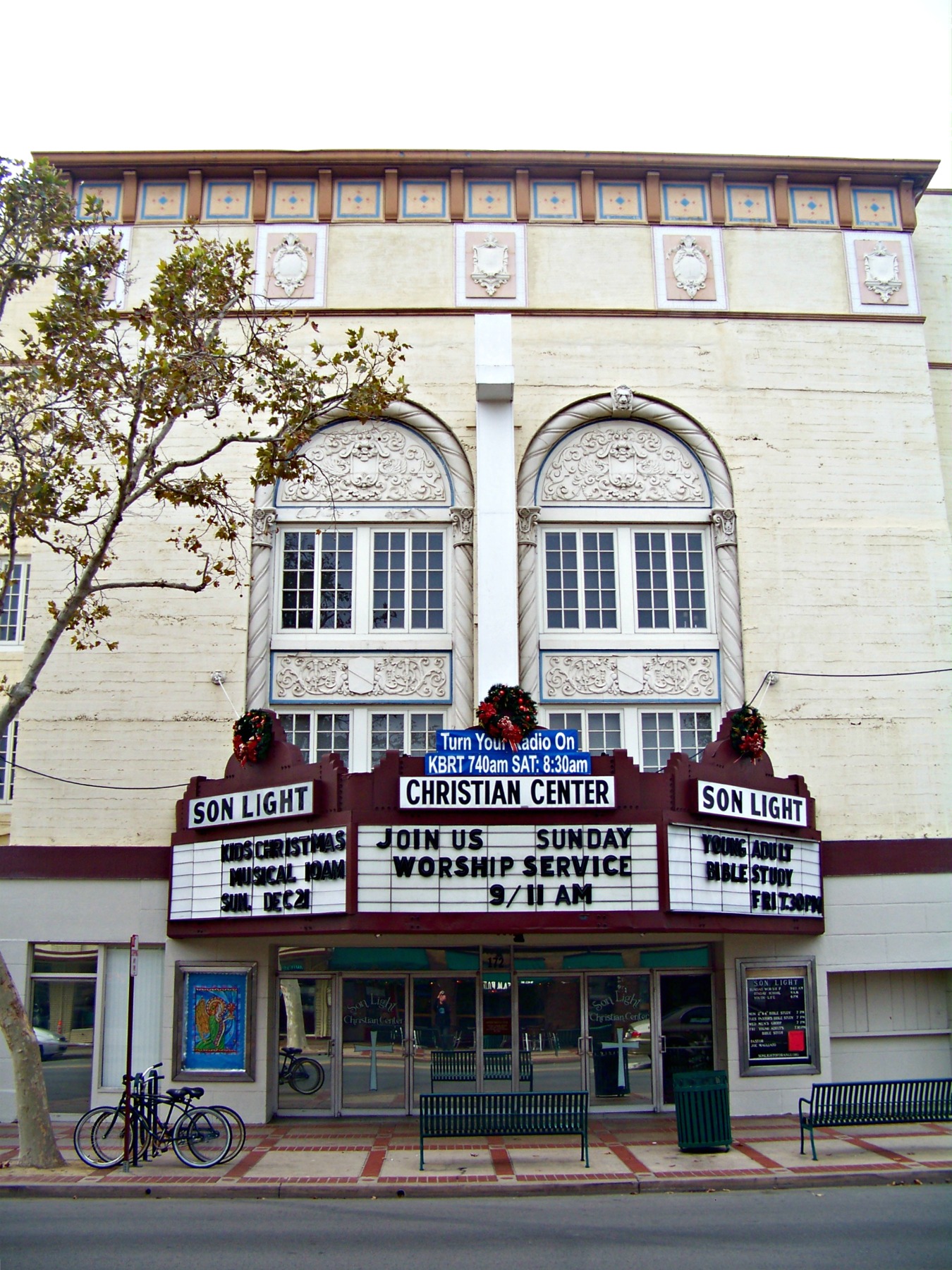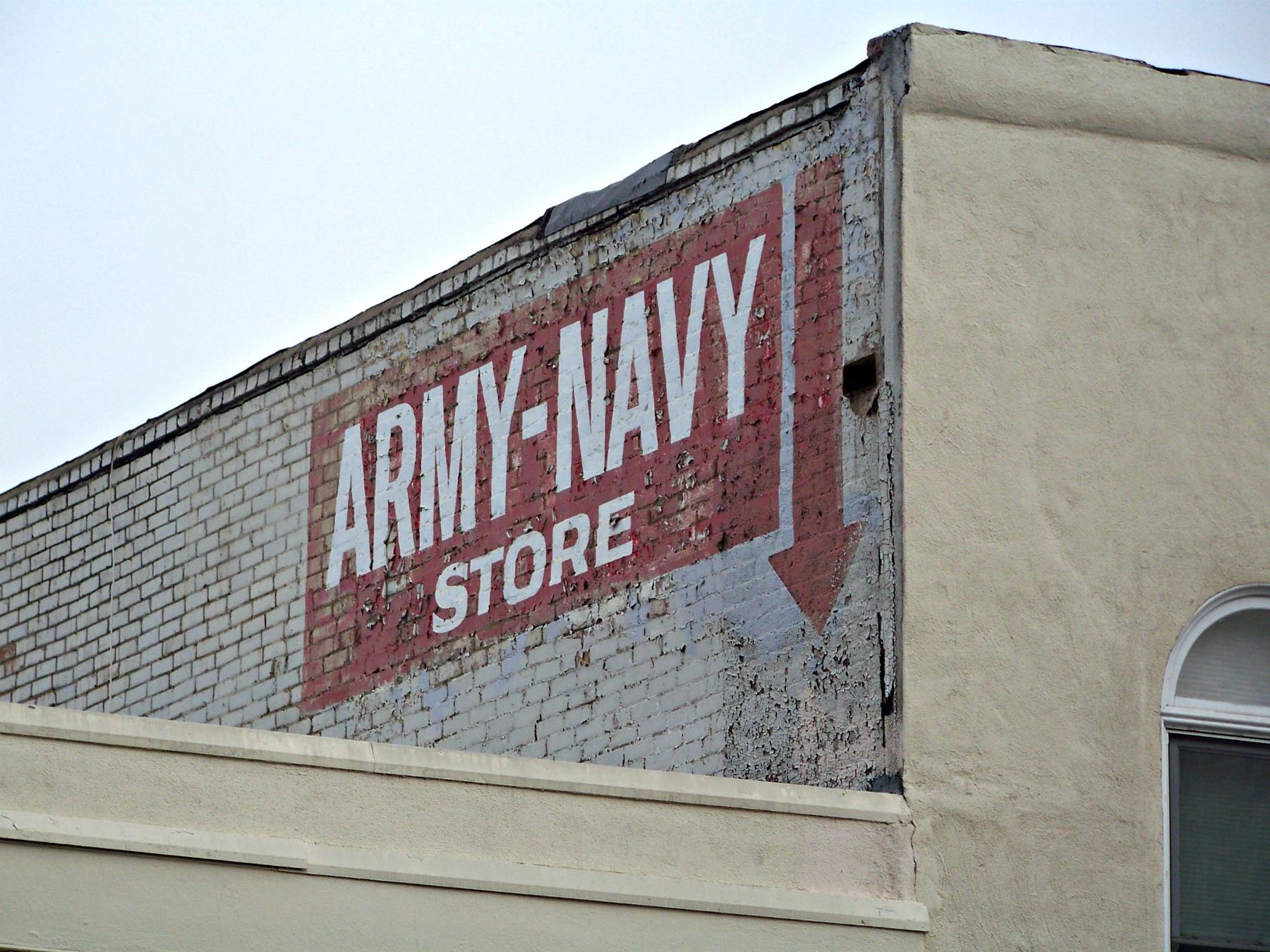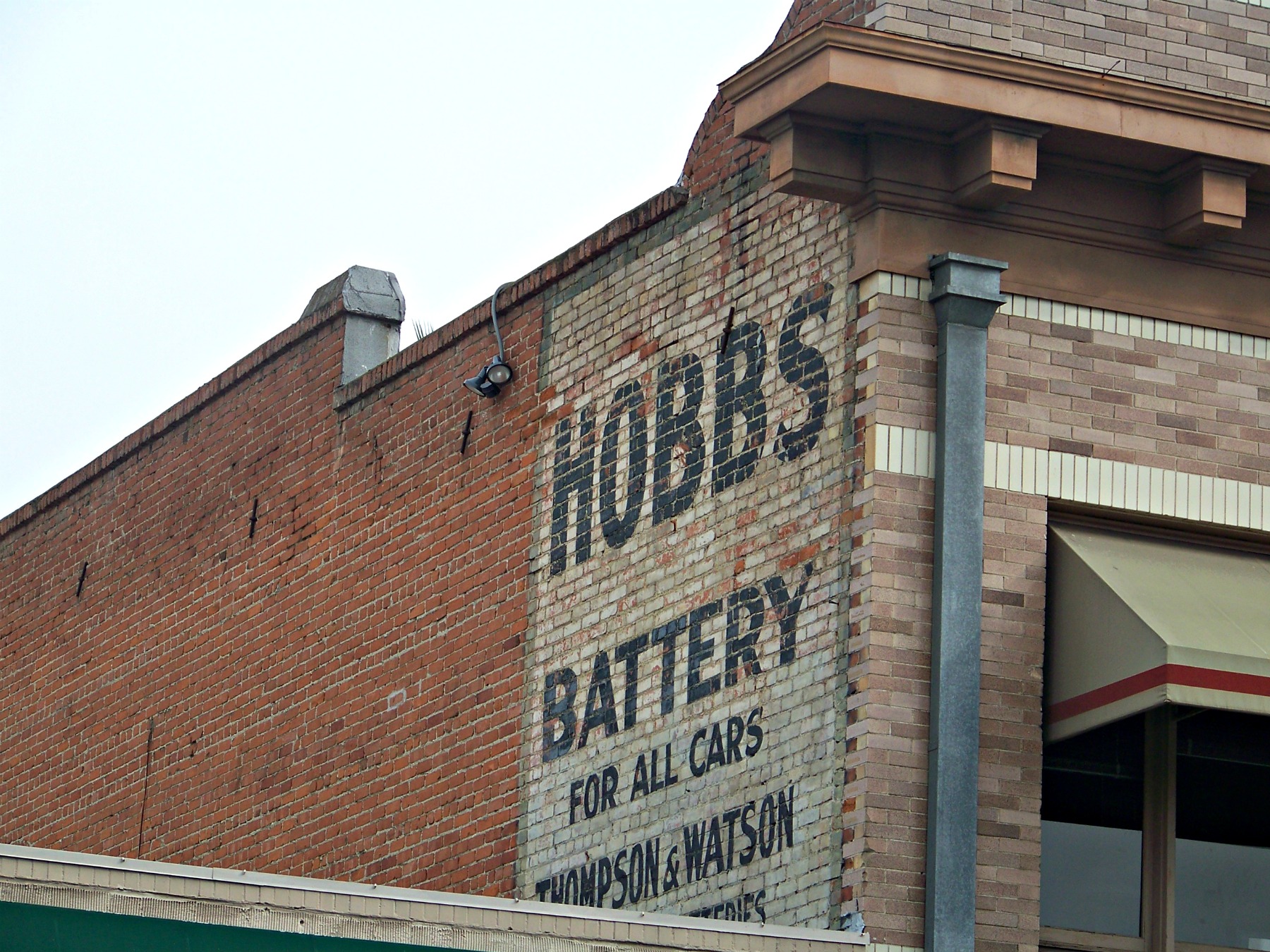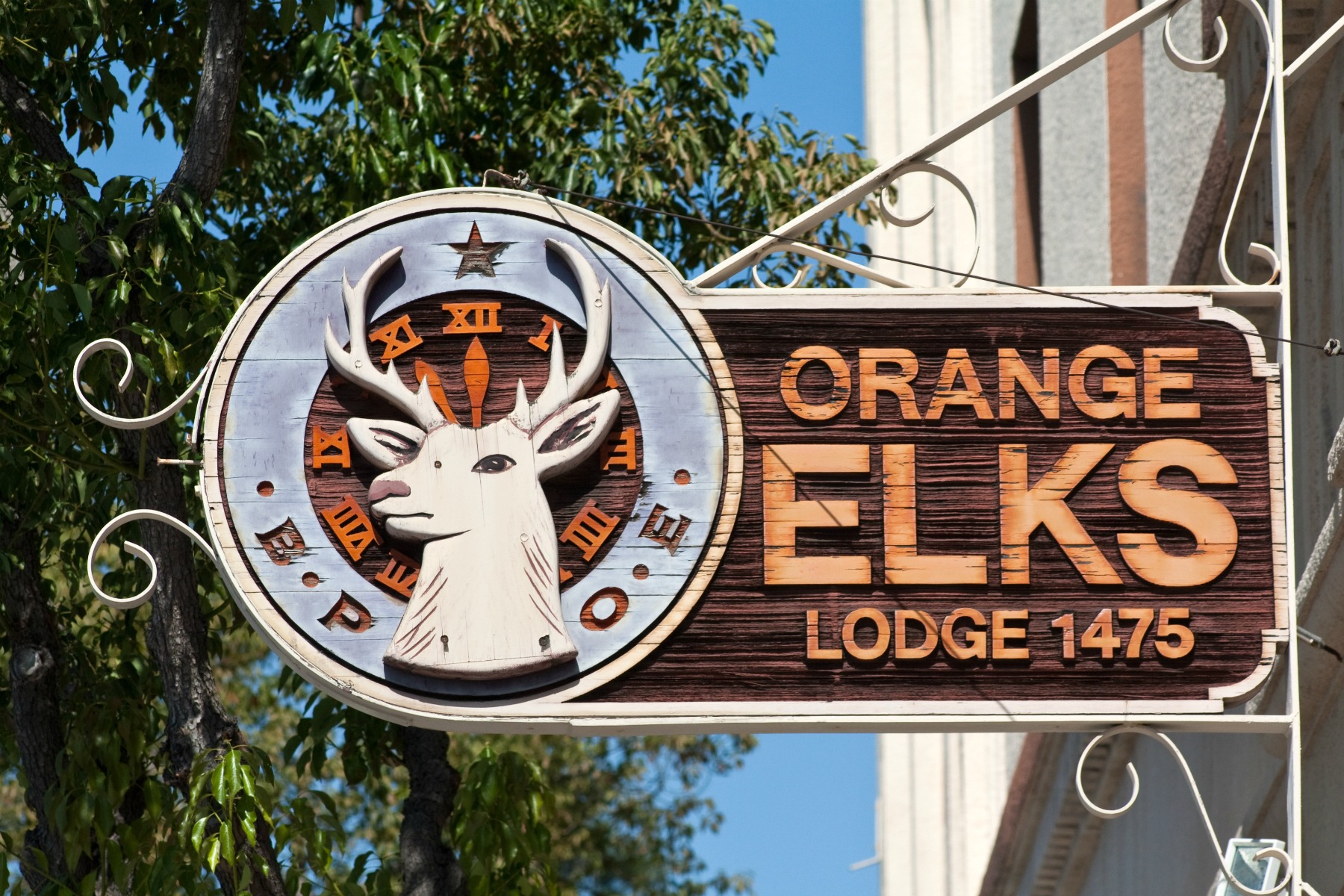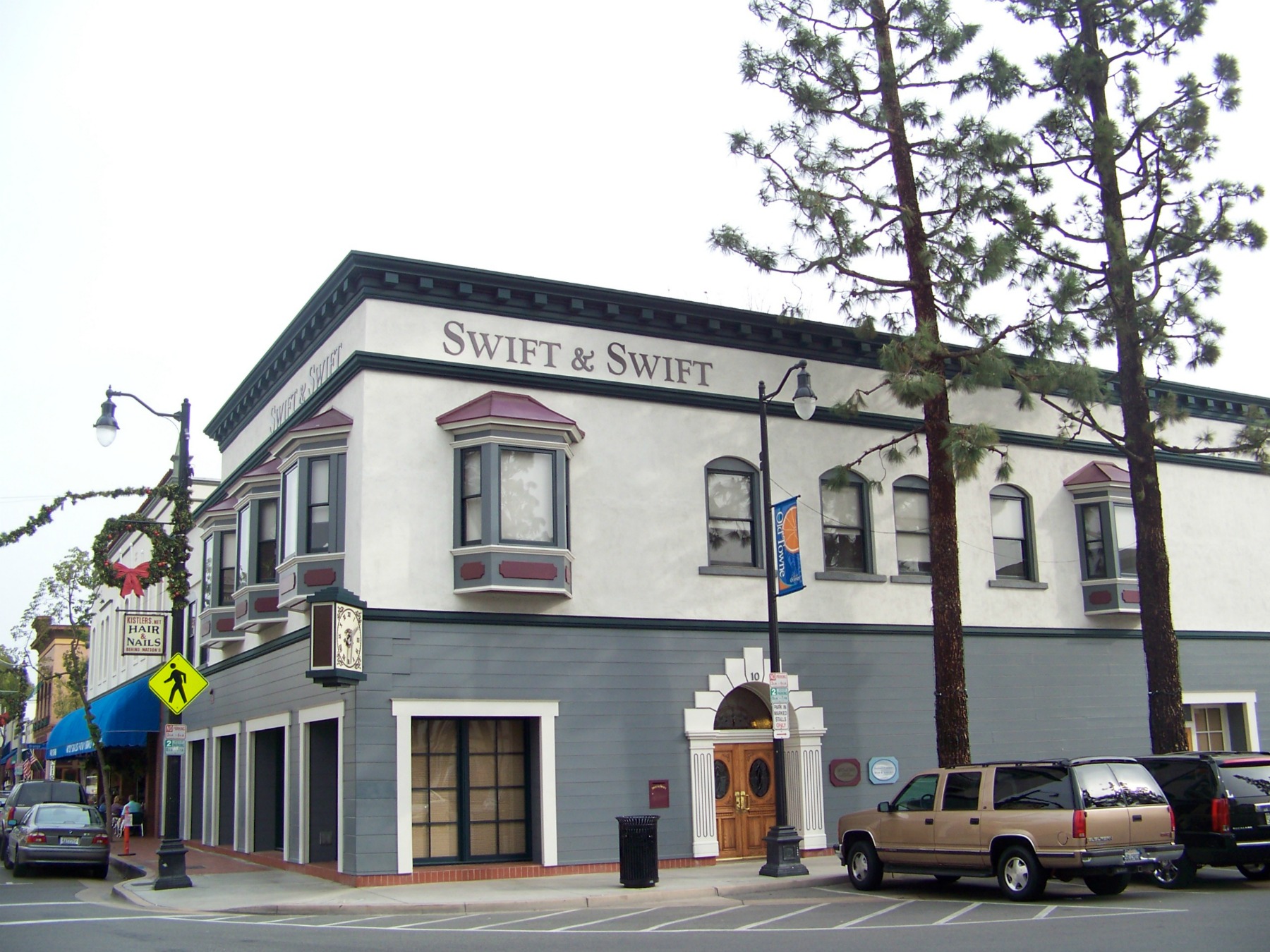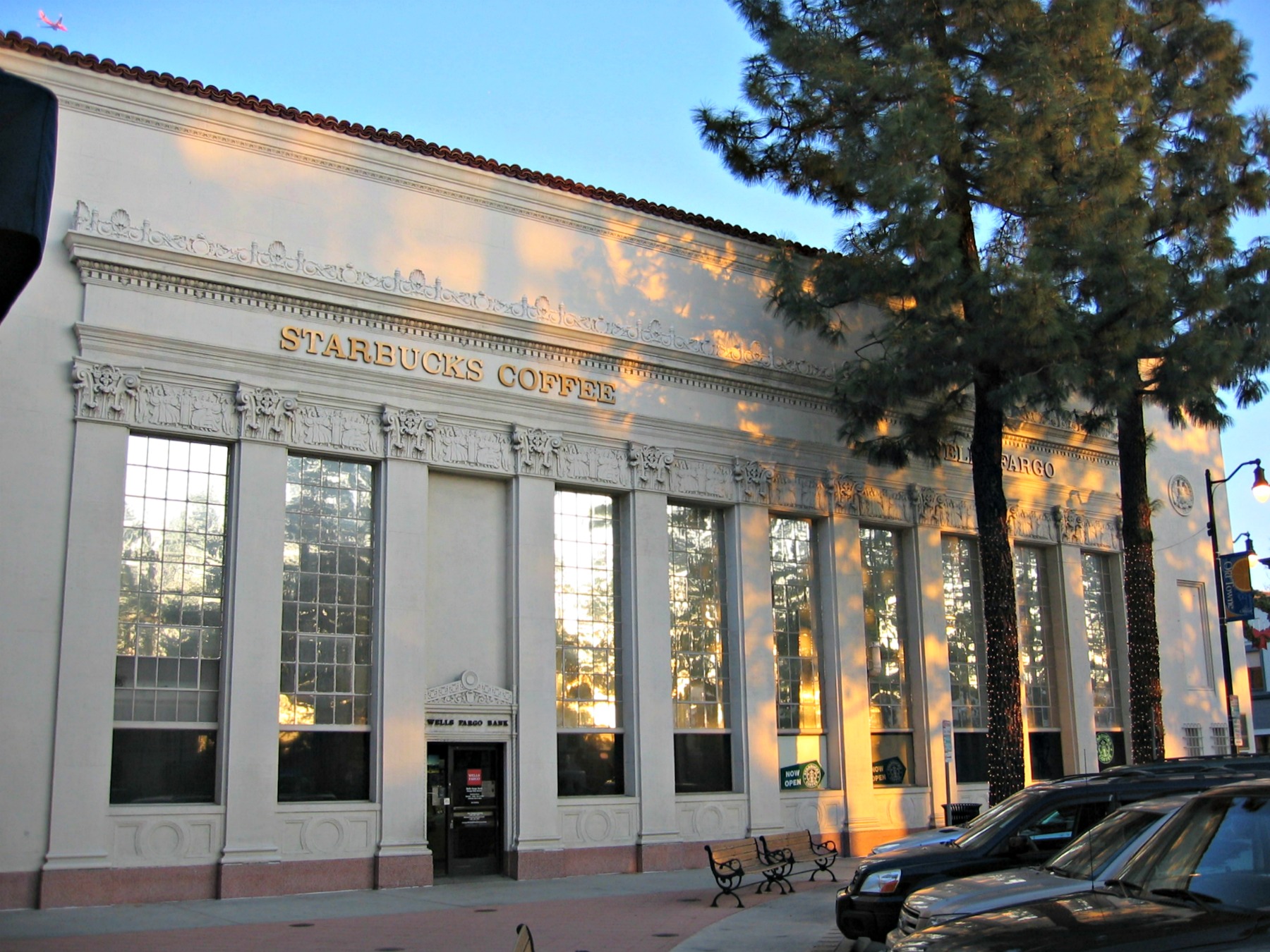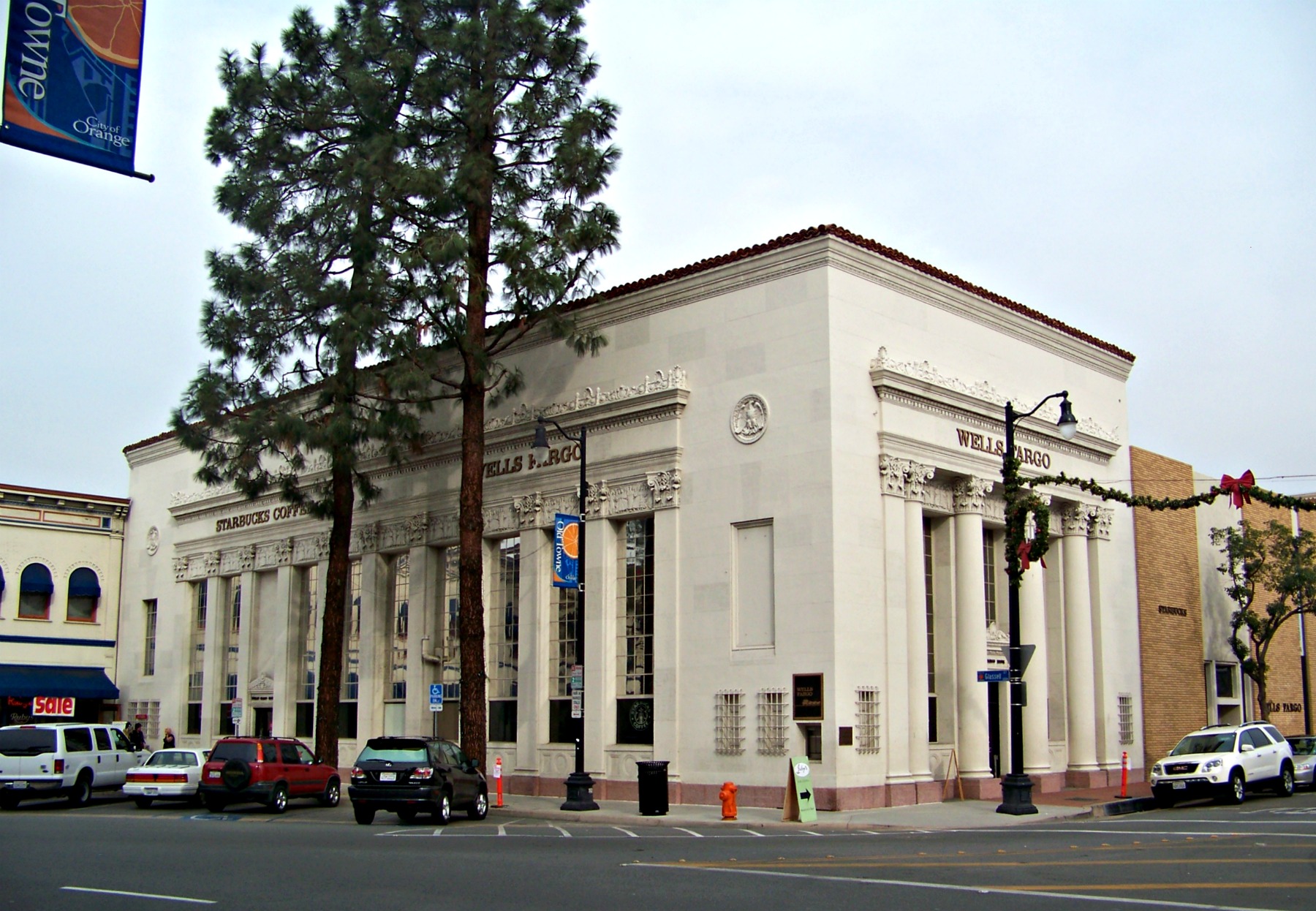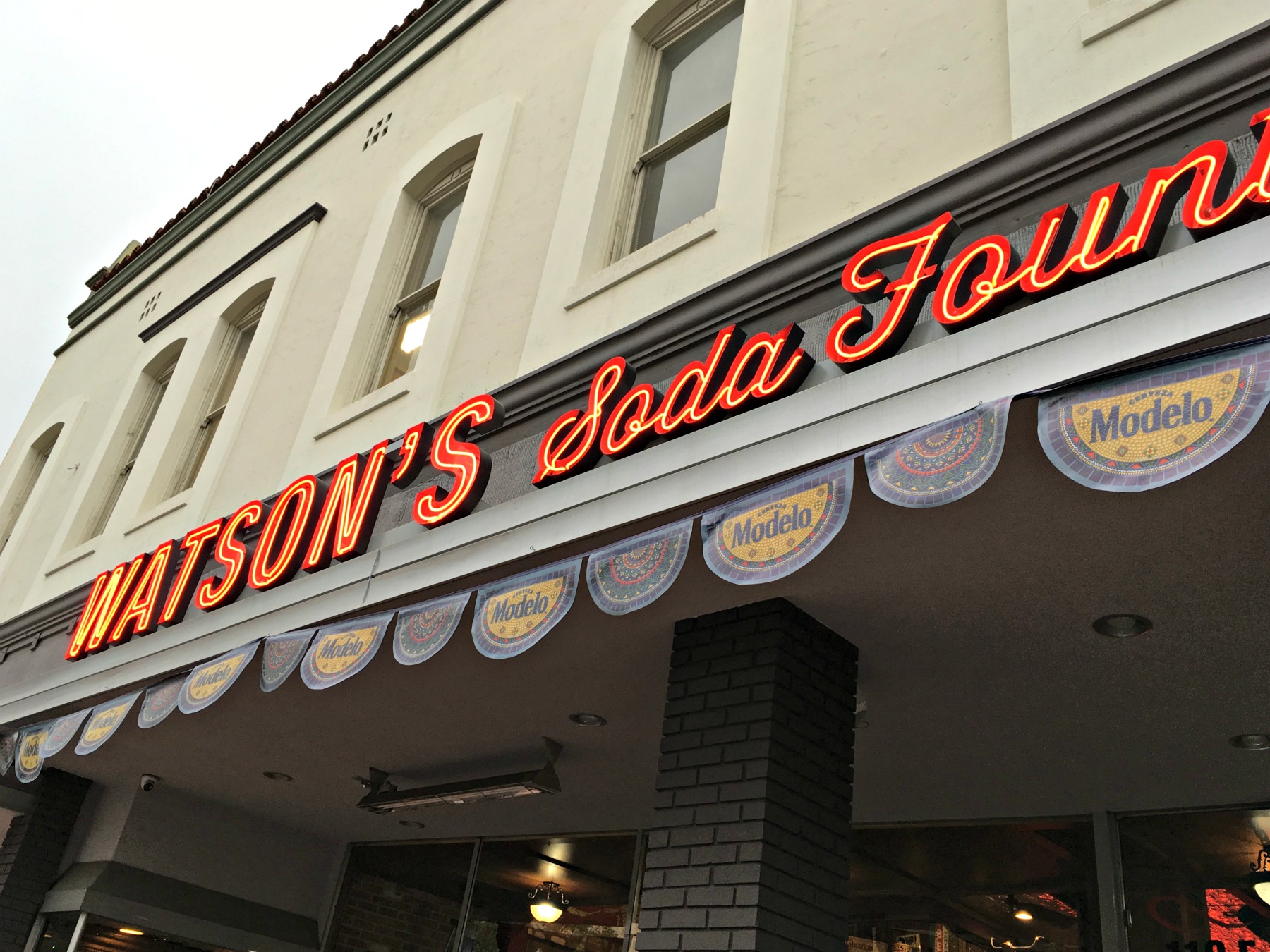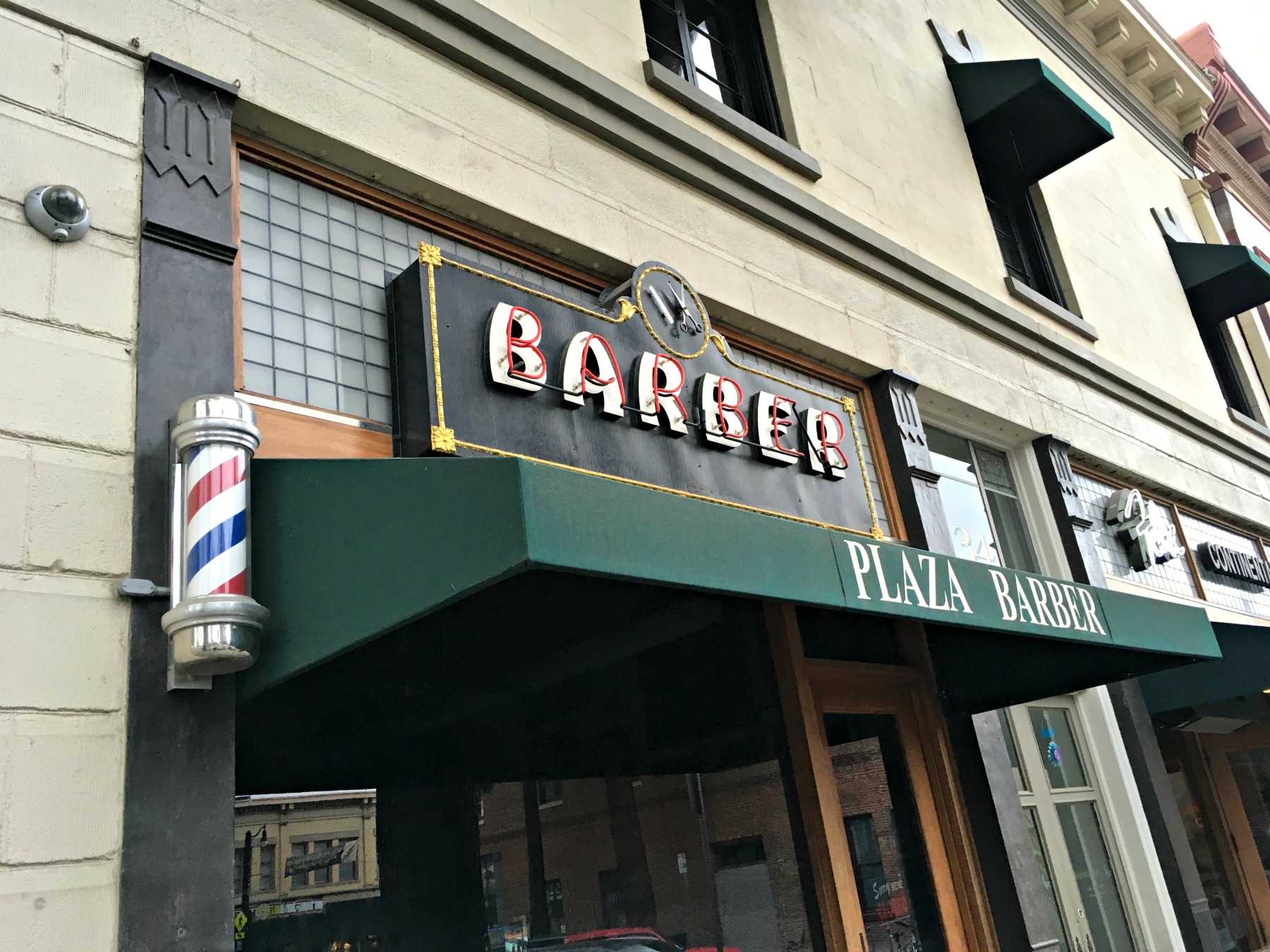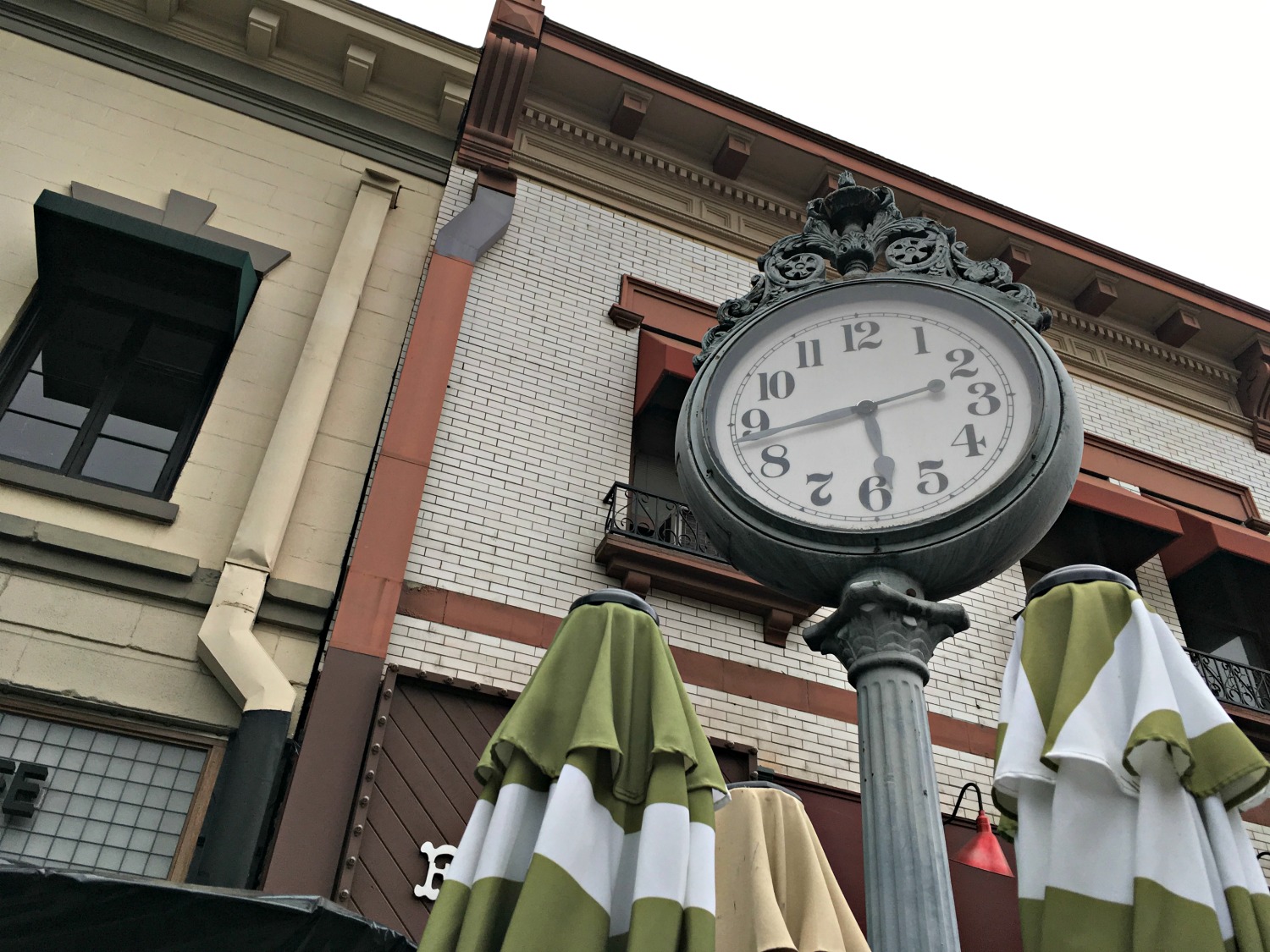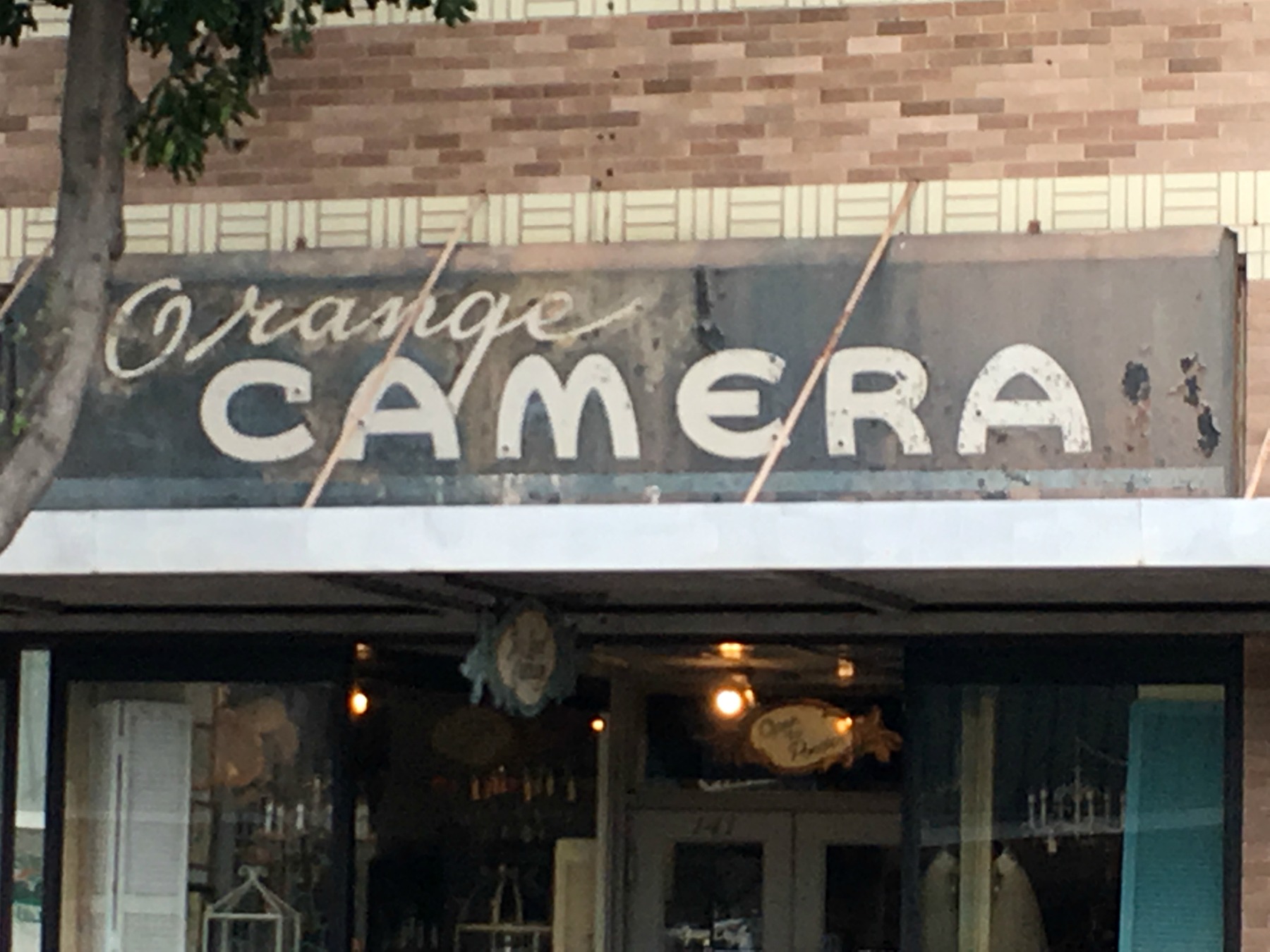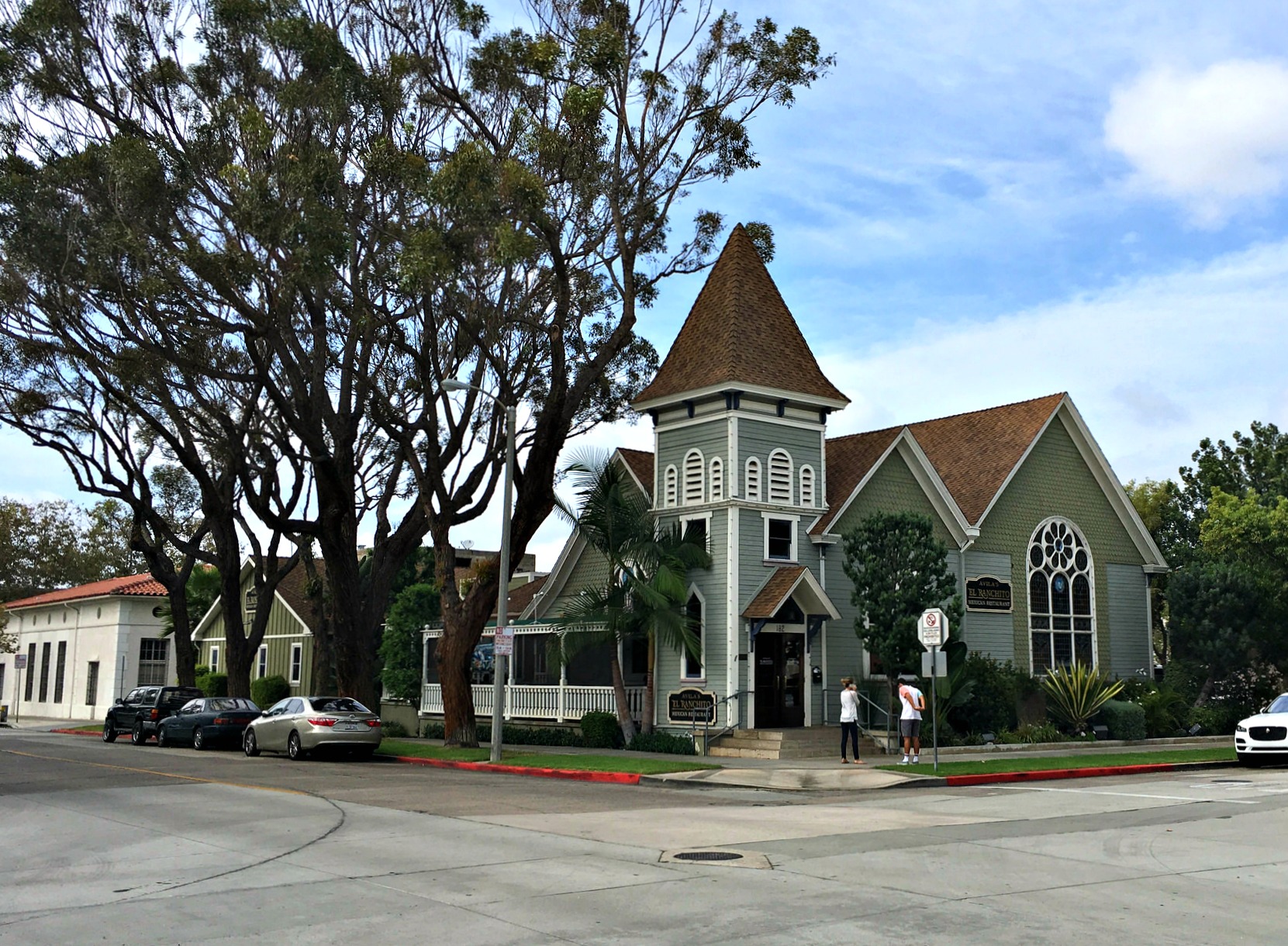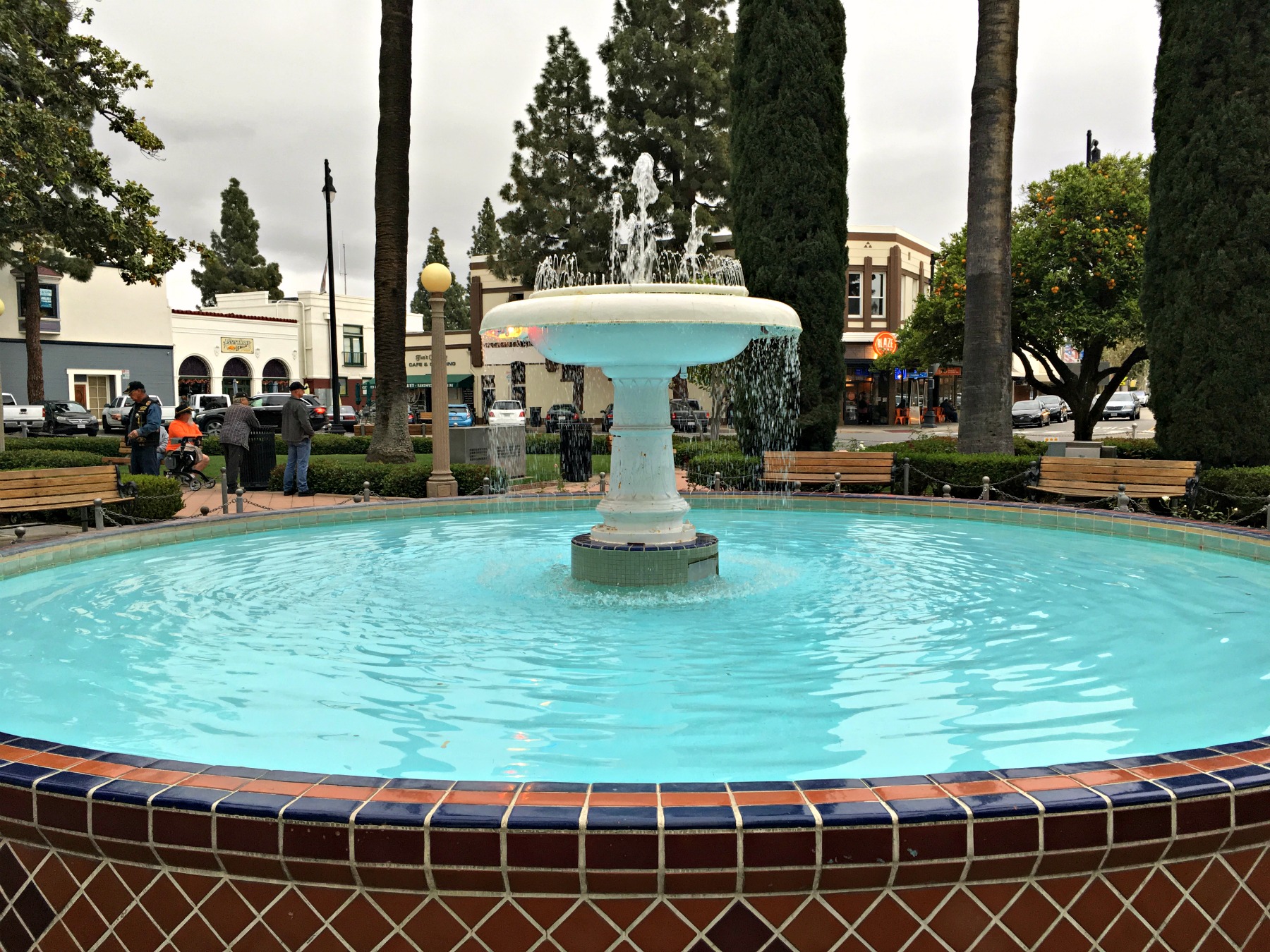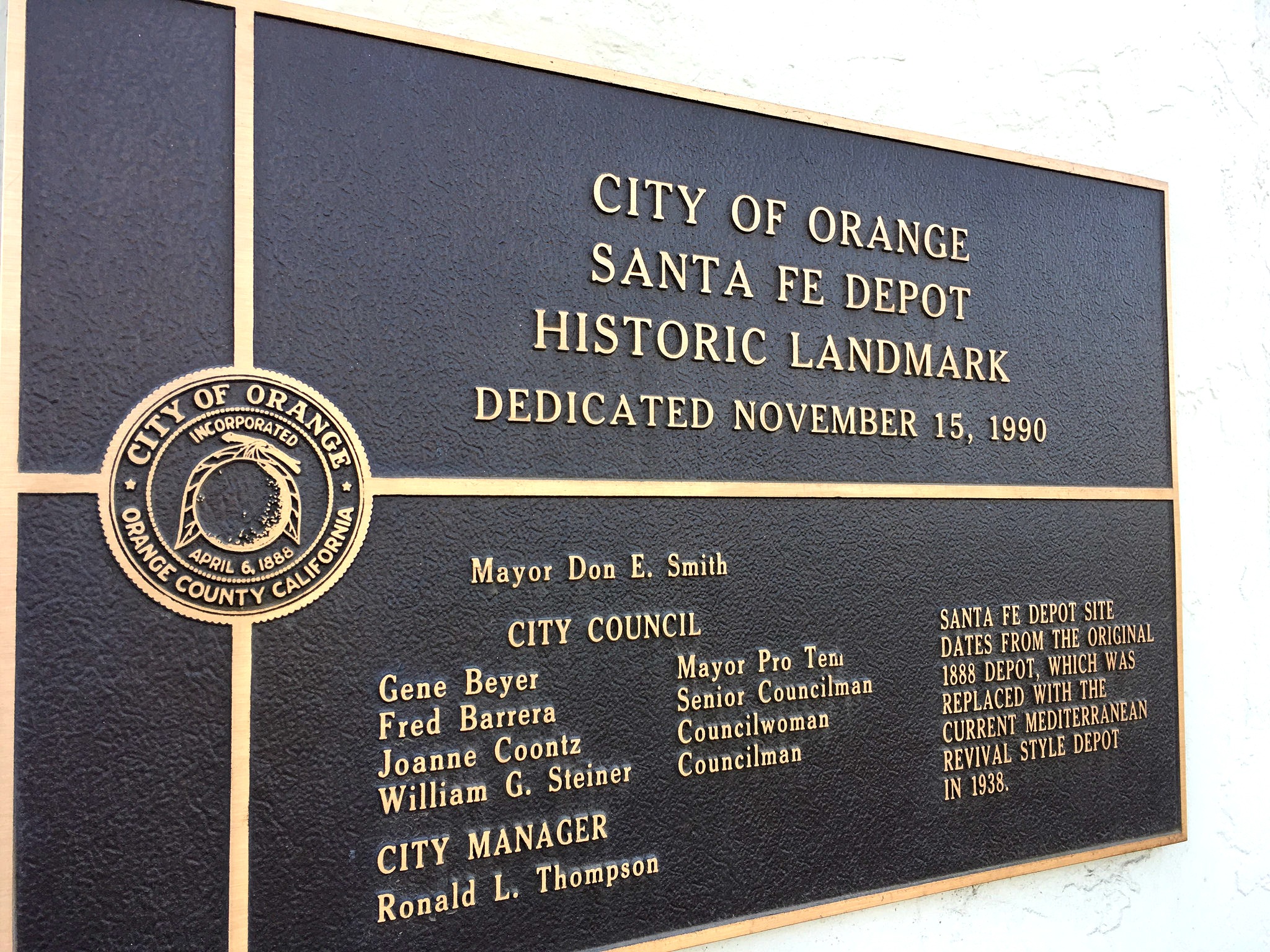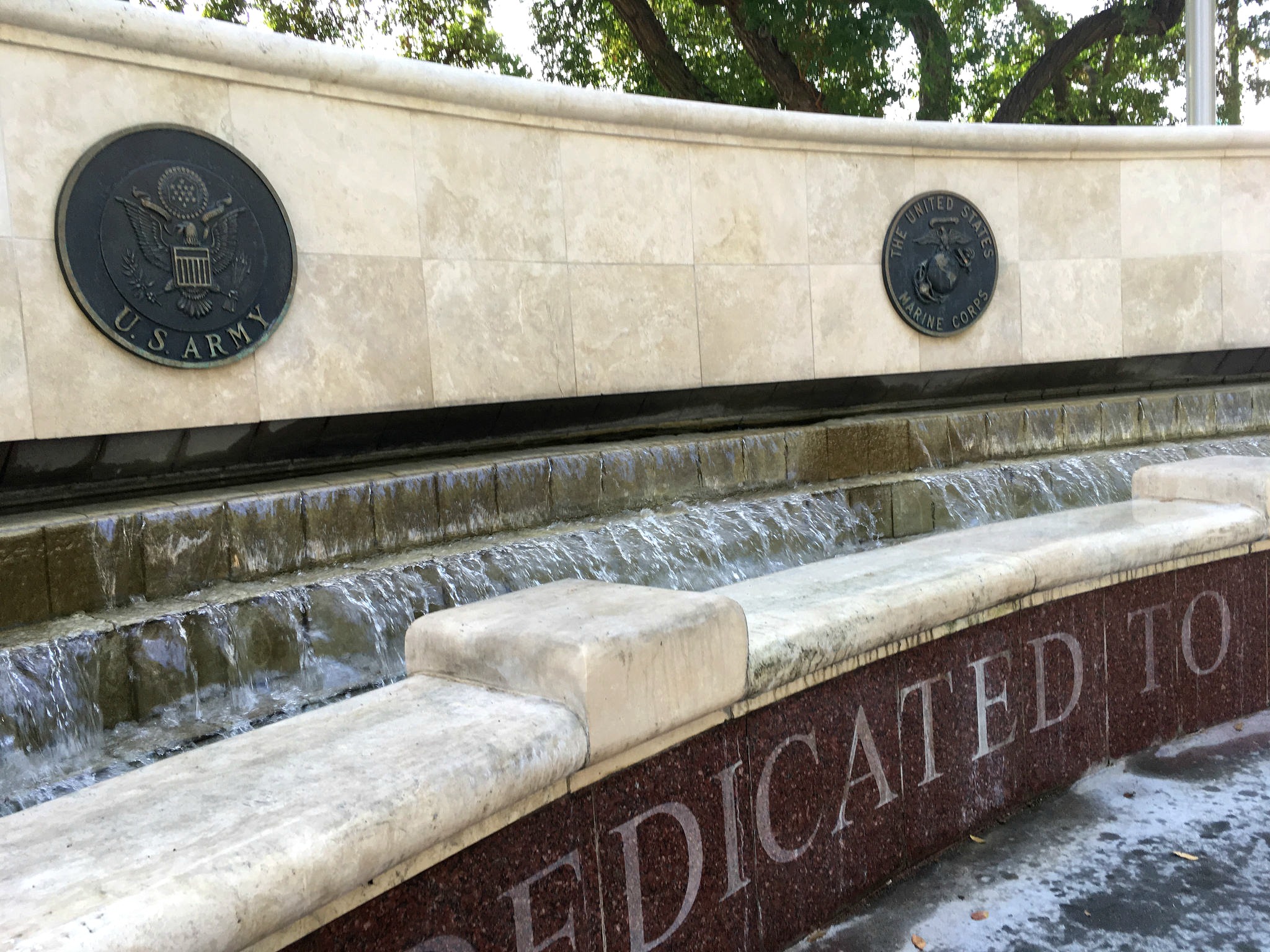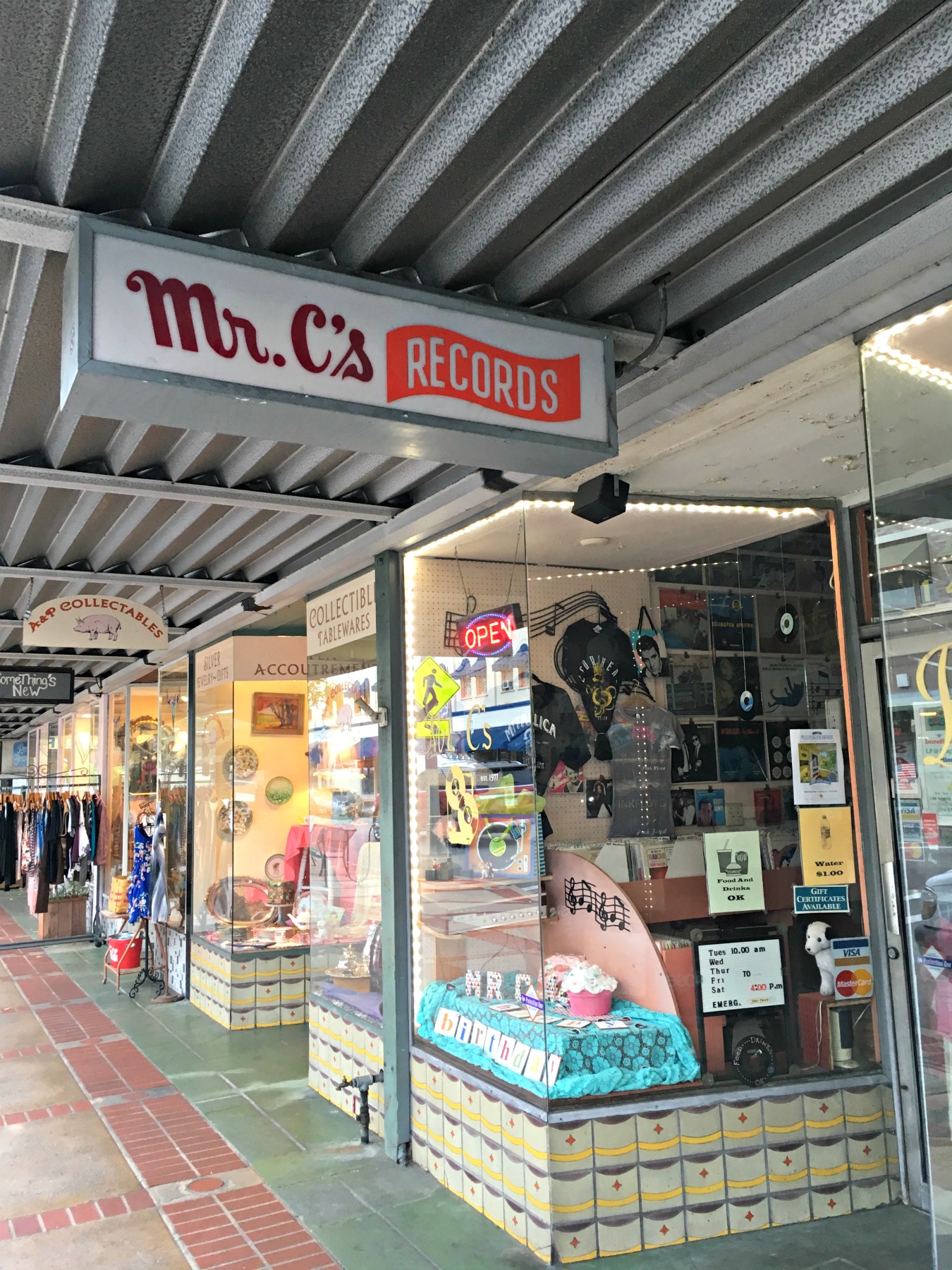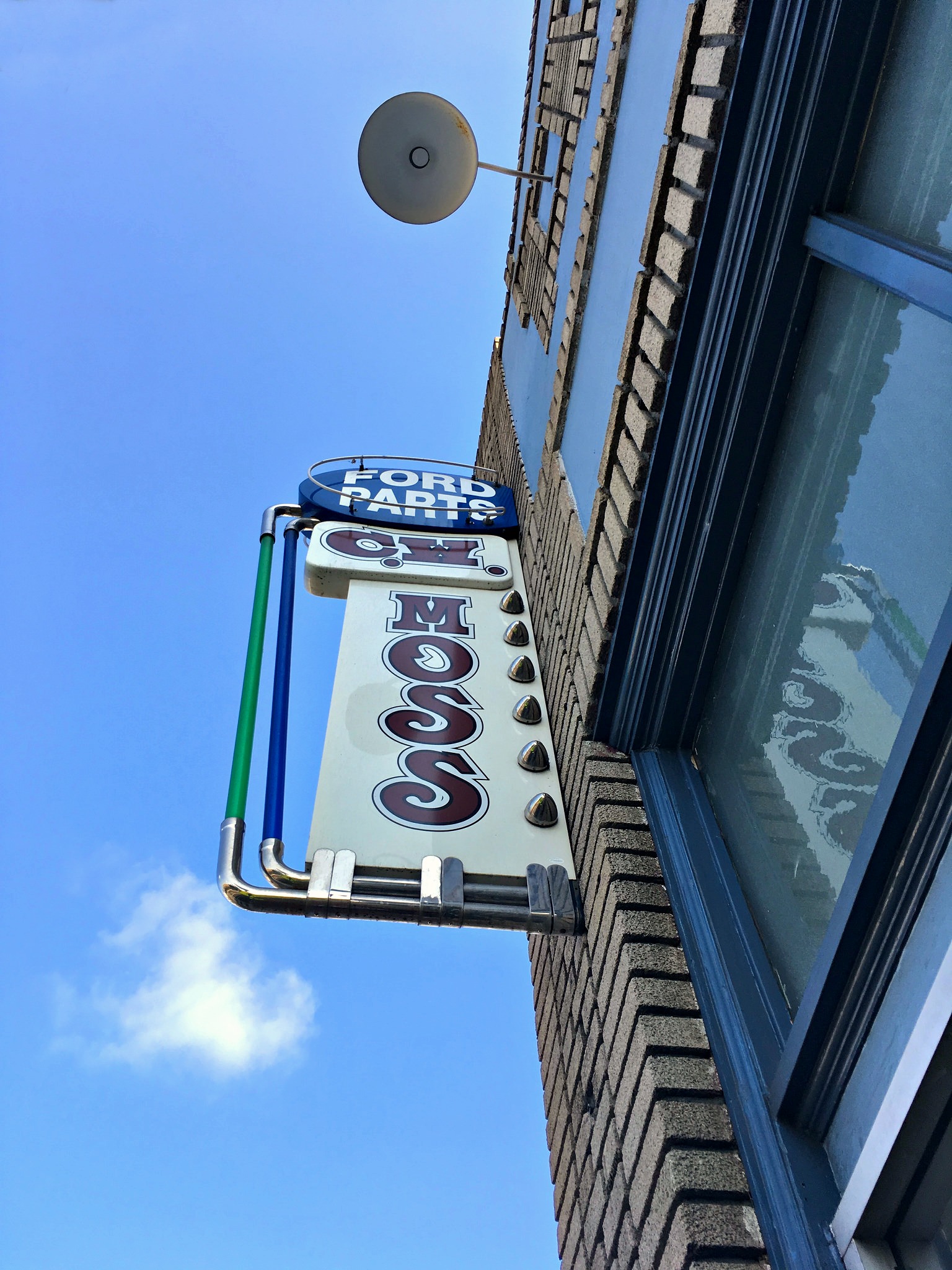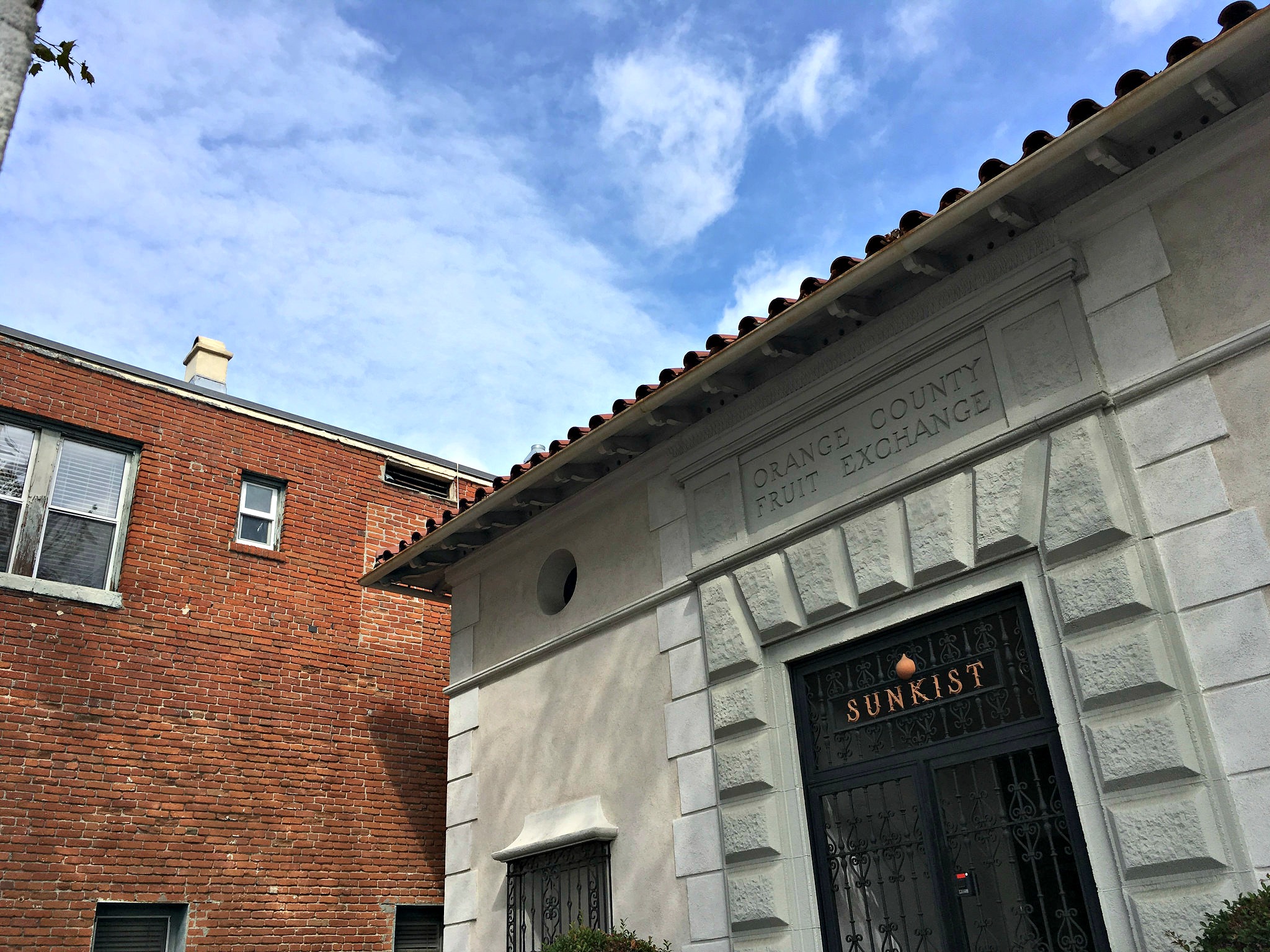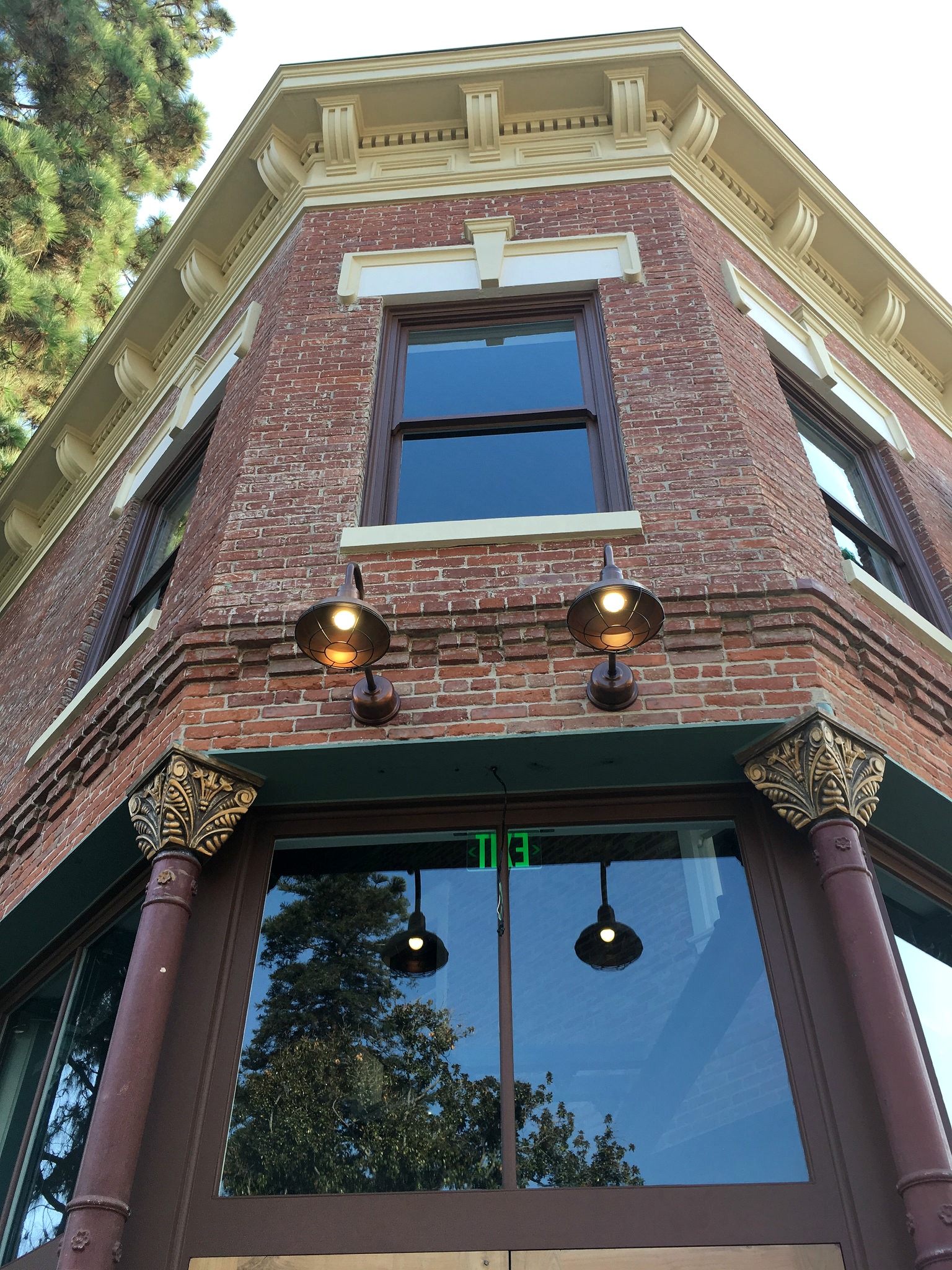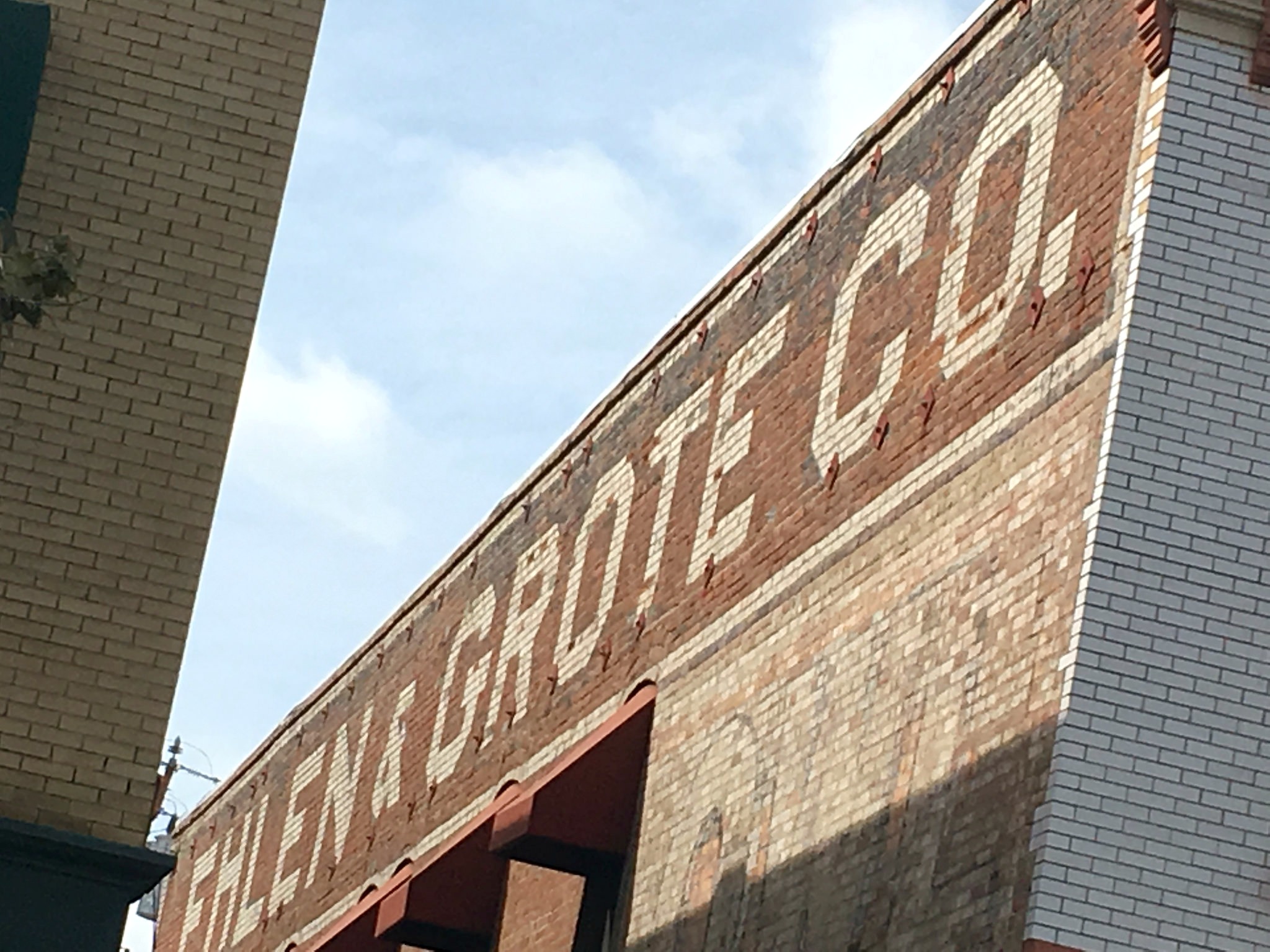Orange Old Towne Historic District and Plaza
One Square Mile: Roughly, Walnut and La Veta avenues, Batavia and Cambridge streets, intersected by Glassell and Chapman avenues
While many of the more than 1,300 vintage buildings that comprise The City of Orange Old Towne Historic District are worthy of singling out, it’s the District as a whole that has garnered prestigious awards and designations. Among them:
It is the largest National Register District in California
It’s listed on the National Register of Historic Places
The Plaza Historic District was chosen by the American Planning Association (APA) as a “Great Place in America”, joining New York’s Central Park, Los Angeles’ Olvera Street, and Chicago’s Magnificent Mile
What’s unique about Old Towne Orange is that in one square mile exists a remarkable density of vintage buildings that include businesses, homes, churches, schools, Chapman University, a train depot, the Hilbert Museum, packing houses, lofts, and parks. Collectively, homes and buildings are well-maintained and retain their architectural integrity. Most of the area’s construction occurred from about 1874 to 1940; more than 50 architectural styles are represented and include Victorian, Craftsman, American Bungalow, Hip Roof Cottage, Provincial Revival, Mediterranean, Prairie, Spanish Colonial Revival, and Classical Revival.
Old Towne Orange is a vital, thriving historic community. Even after more than 140 years, it is still the epicenter for residents and the community; not a living-history museum and district with costumed re-enactors. Businesses, shops, and restaurants reflect the changing cultures and tastes of of the region. Traditions, like the annual Street Fair, have continued since the early 1900s.
Orange: Its Origins
In 1869, attorneys Alfred Chapman and Andrew Glassell acquired 1,385 acres of land from the Rancho Santiago de Santa Ana as legal fees. Chapman and Glassell planned a town with 10-acre farm lots surrounding a 40-acre central town site. The lawyers tried to mirror William Penn’s design for Philadelphia, with its heart formed by two cross streets dividing the city into quadrants. That town center became known as the Plaza and the city of Orange was incorporated in 1888.
Orange was founded as Richland in 1871 but the name had to be changed a few later when it was discovered that another Richland already existed in California. The finalists, representing the city’s rich agriculture and crops, were Lemon, Olive, Almond, and Orange. In a poker game played by Chapman, Glassell, and two friends, the winner got to rename the city. The lucky winner’s pick: Orange, of course.
The Orange Circle
Dubbed the Orange Circle by locals, the Plaza park is the center of a quadrant and traffic circle. The park’s focal point is an illuminated fountain installed in 1937, which replaced a bronze fountain built around 1887. The “new” fountain features tile work by Charles McCandless, who did other work in the region. In the early days, Chapman and Glassell allowed prospective real estate buyers to camp in Plaza park, according to a 1937 article in the Santa Ana Register. Residents recalled that Ed Honey, city waterworks commissioner, set up a pipe and trough in the park where people were allowed to water “bands of sheep” for periods of 20 minutes.
With funds from Orange merchants, a group of local women organized the Plaza park at the turn of the century, planting trees and flower beds, adding the original bronze fountain, and installing a flagpole.
Architects and Builders Who Shaped the City
The primary architect for the District was Cornelius Barber “C. B.” Bradshaw, who also designed buildings in the area, including the Grecian Ionic Carnegie Library in Orange (razed) in 1907, the Odd Fellows Lodge in 1905, the Rochester Hotel, the Royer Mansion, French’s Opera House in Santa Ana, and the Elks Club Lodge in 1910. Anaheim architect M. Eugene Durfee designed the women’s club building in 1926. In the late 1890s, Bradshaw and another architect whose last name was Parkinson (possibly John Parkinson, who had just moved to LA) made an ill-fated bid to design the Santa Ana (later Old Orange County) Courthouse. Bradshaw, who was born in 1840 in Amsterdam, New York, was the city of Orange’s only architect at the turn of the century, albeit a prolific one, and capable of designing in a variety of styles. He and his wife, Mary Freelove Bradshaw, lived at 224 N. Glassell Avenue, right near the city hub.
The First National Bank of Orange building at 100 East Chapman Avenue was designed by the LA architectural firm, Morgan, Walls, and Clements in 1928.
The brick-faced Gothic Revival St. John’s Lutheran Church on Center was designed by Frederick Ely and built in 1913. Its stained glass windows were among the last shipped from Germany before World War I.
Chapman Chapel on Grand Street was formerly the Trinity Episcopal Church. Built in 1901, the rural Victorian Gothic was the first church designed by Phillip Hubert Frohman, who in 1915 became the resident architect for Washington DC’s National Cathedral.
Changes
In the early 1900s, stores included the Pixley Furniture Store on Glassell, Dittmer’s Mission Pharmacy, Weaver’s book store, Cornet Five and Dime, Hockaday & Phillips, Western Auto, Huff’s Jewelry, Gunther’s Clothing, and Orange Hardware, Harms Drugstore, Orange Theatre, Den O’ Sweets, Simon’s Marsh’s, Kogler Hardware, Orange Paint Store, Orange Camera, and Colonial Theatre (later Plaza Theatre). Watson’s Drug Store opened in 1875 by “Doc” C. B. Andrus and eventually was bought by Kellar Watson in 1899. Major buildings include The Jorn Building, the Cuddleback Building on Glassell, the Ehlen & Grote block, the Edwards Block on North Glassell, the Campbell Block on South Glassell, and the Kogler-Franzen Block on North Glassell,
In the 1960s and 1970s, the area started to decline, with stores like J.C. Penney and Buster Brown shoes closing or relocating to nearby malls. Antique stores and collectives generated a revitalization in the 1980s, making Orange a destination for vintage in a county that otherwise focused on newness. By 1995, Old Towne had more than 50 antique shops and 350 dealers. In recent years, It has evolved into a vibrant neighborhood of antique stores, boutiques, offices, restaurants, and cafes.
“What makes Old Towne work in Orange is that what was here 50, 60 years ago is still here,” said Robert Boice in a 1999 Los Angeles Times article. “The buildings, the houses, the churches, the Elks. It’s still pretty much the same feeling now as it was then.”
Throughout the years, many groups dedicated to the preservation and adaptive reuse of the area have worked tirelessly to save the area Adaptive reuse including the Old Towne Preservation Association, the Design Collaborative, Design Review Board, Historic Survey Advisory Board, the Downtown Orange Merchants Association, and the Planning Commission.
As Seen in…
The Historic District has long been a favorite location site for filmmakers and TV production companies. Tom Hanks used much of the town’s buildings as early 1960s Pennsylvania for his film, That Thing You Do. while American Horror Story has used it as East Coast towns for a few seasons of the 20th Century Fox Television series. Other films include the Cohen brothers’ The Man Who Wasn’t There, Surviving Christmas, First Daughter, Cannonball Run, Gumball Rally, Bridesmaids, Big Mama’s House, Accepted, and Crimson Tide.
“One of the primary reasons is, it has an All-American look,” said film commissioner Janice Arrington in the Orange County Register. “So it can play the Midwest. It can play the East Coast. It can also play period.”
Map: Blue line delineates the Old Towne Orange Historic District. Stars indicate Mills Act buildings, area in red is the Plaza National Register Historic District (including the Orange Circle). Source: City of Orange
Photos, through the years: Archival images courtesy of Orange County Archives. Building signs, around town, Evan Wohrman 2008, CC by SA 2.0. Old cycle shop and 1970s, Chuck Coker, CC by ND 2.0. Bank, Women’s Club, Eli Poussen, CC by SA 2.0. Others: Lisa Hallett Taylor


